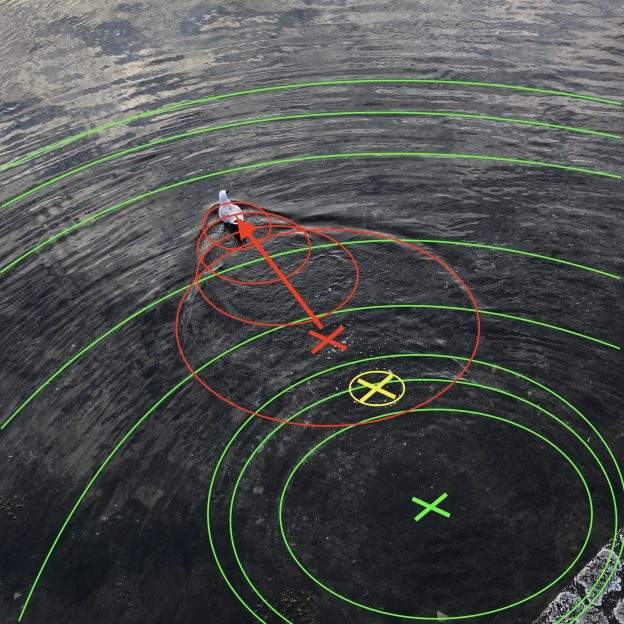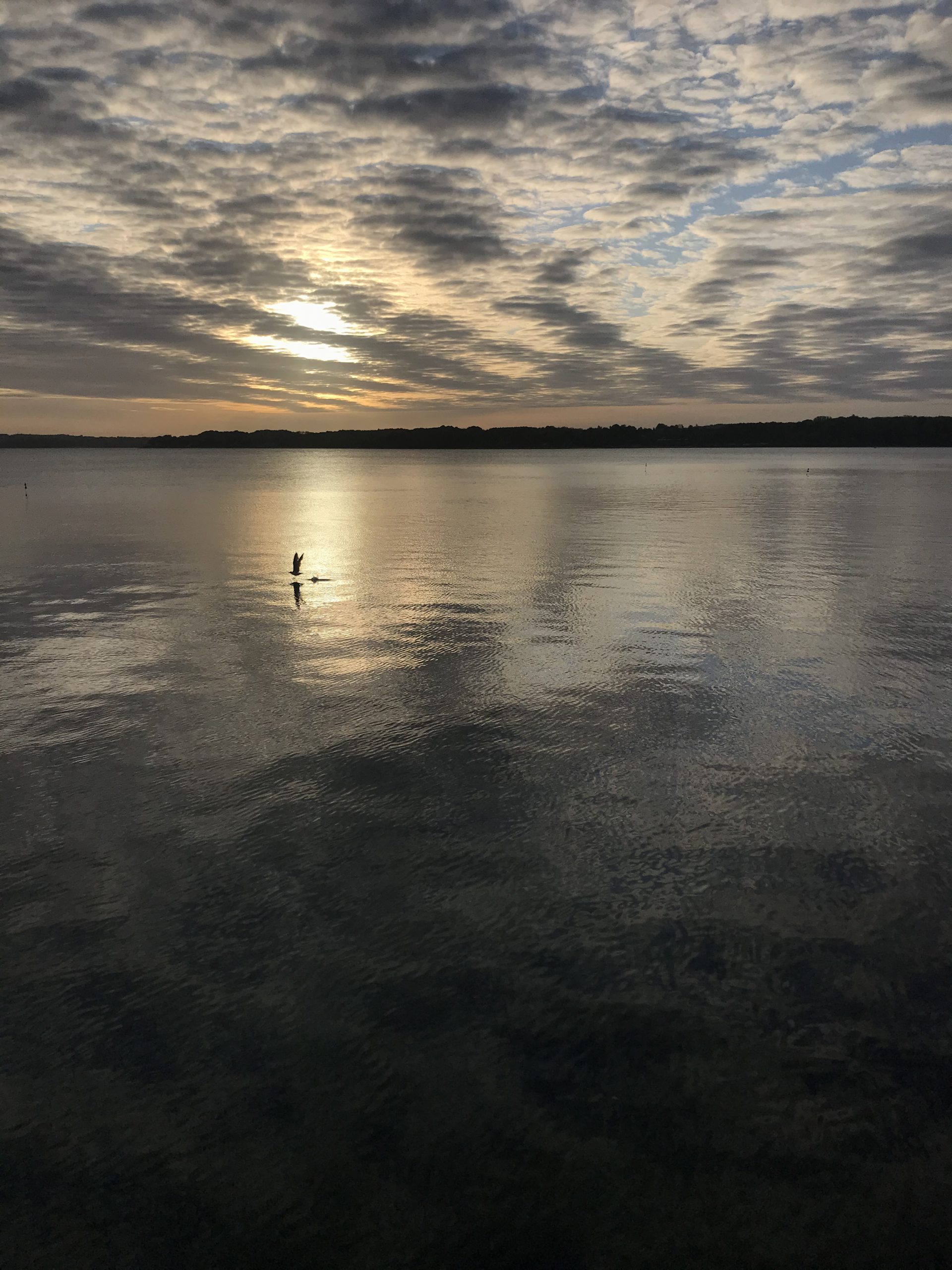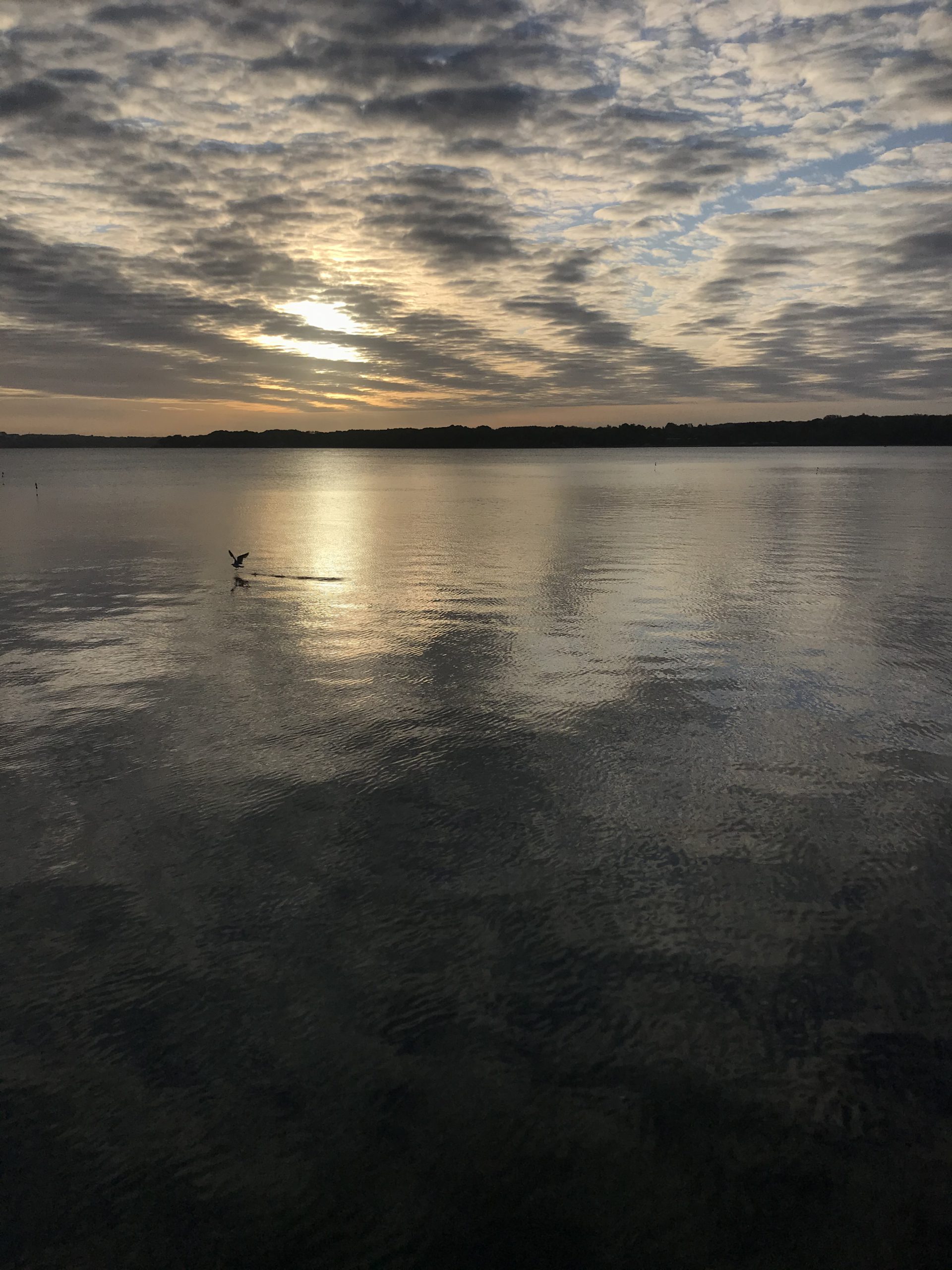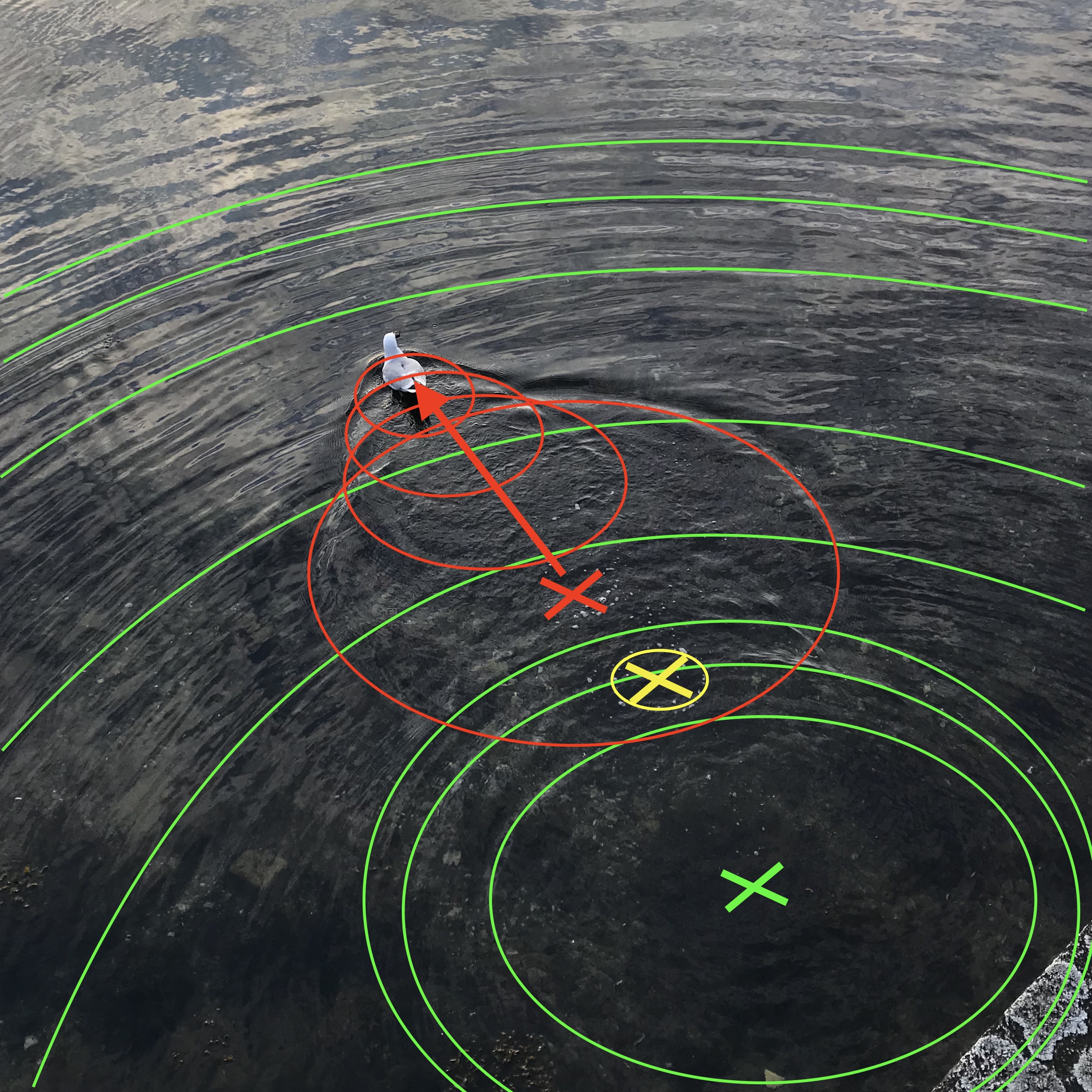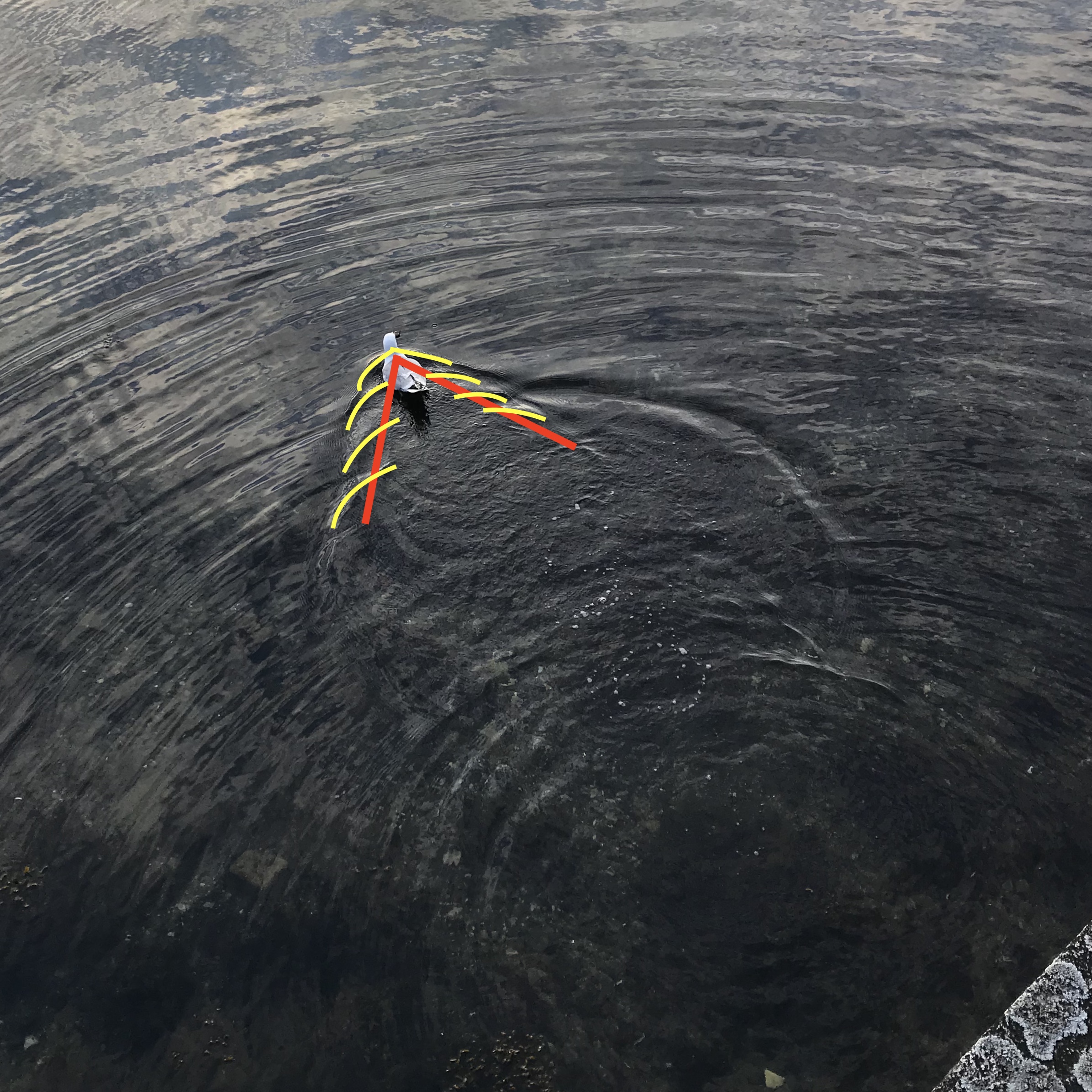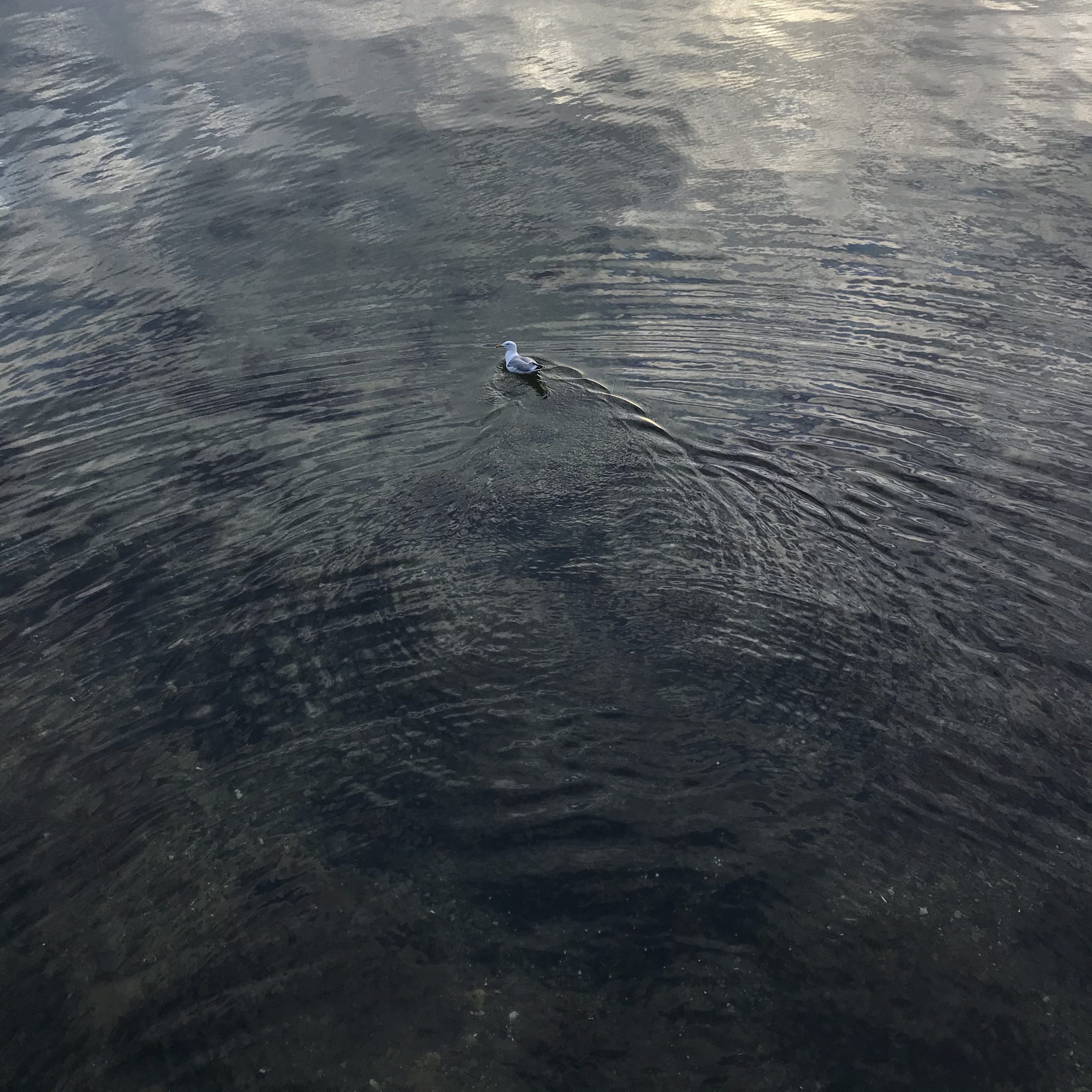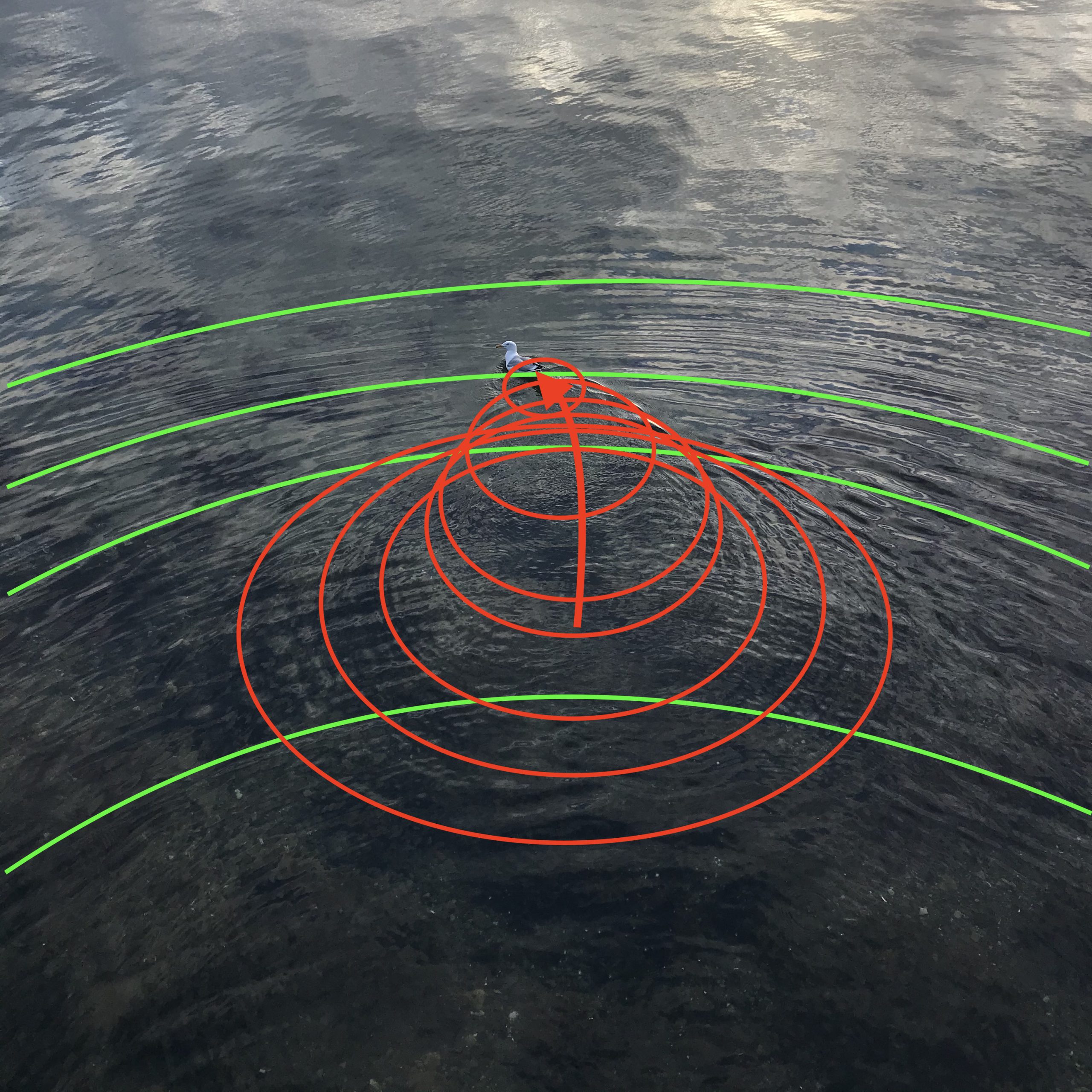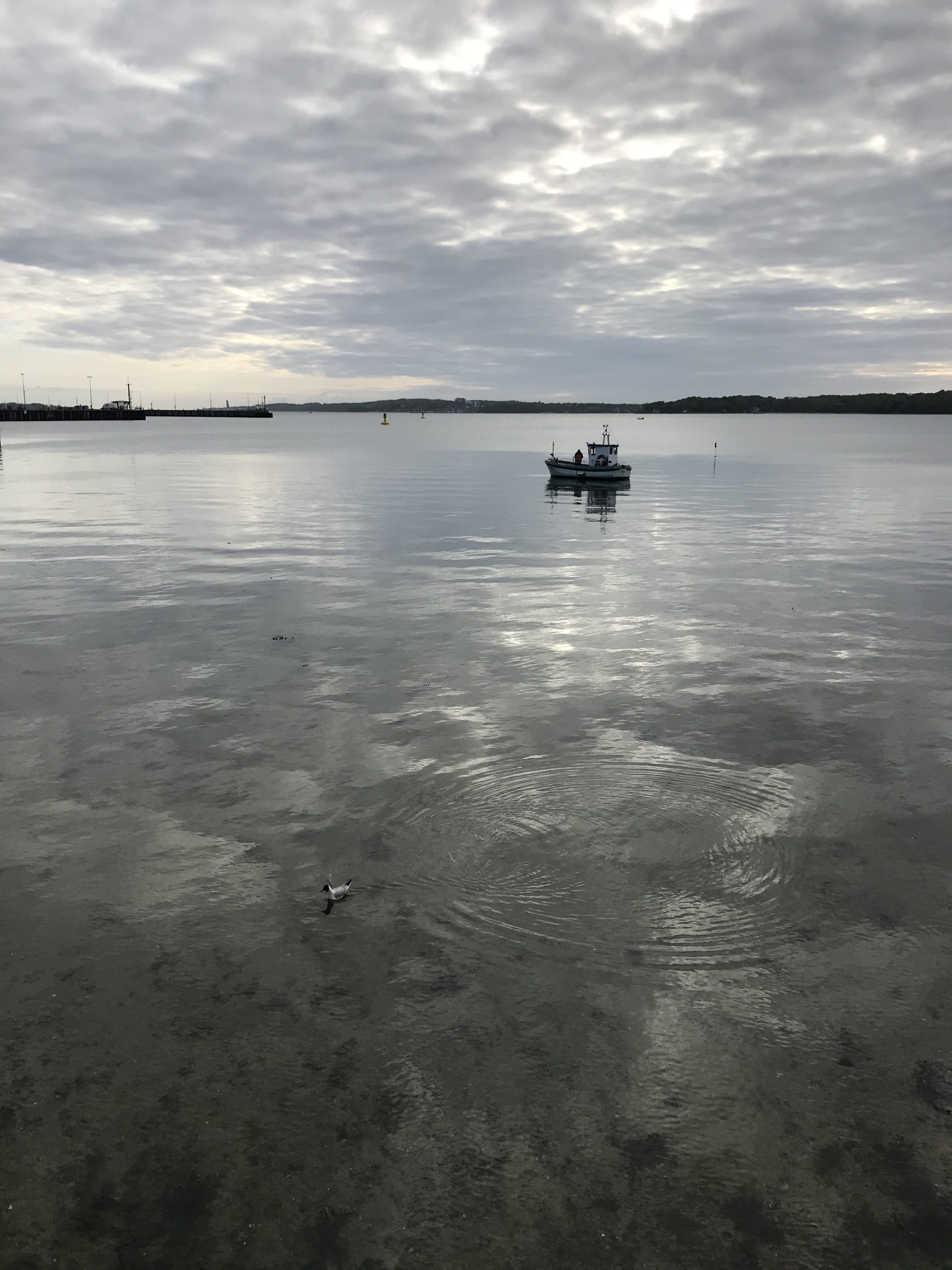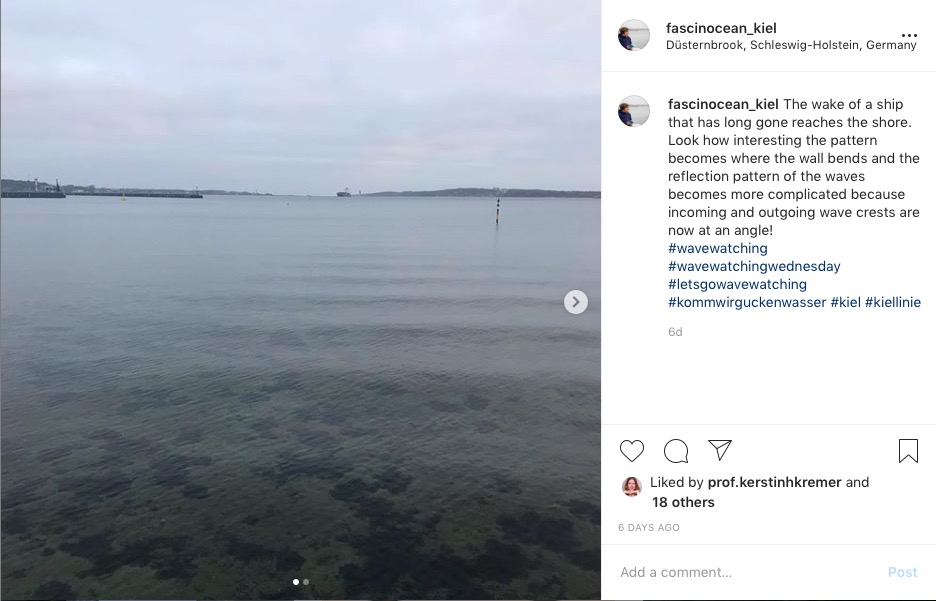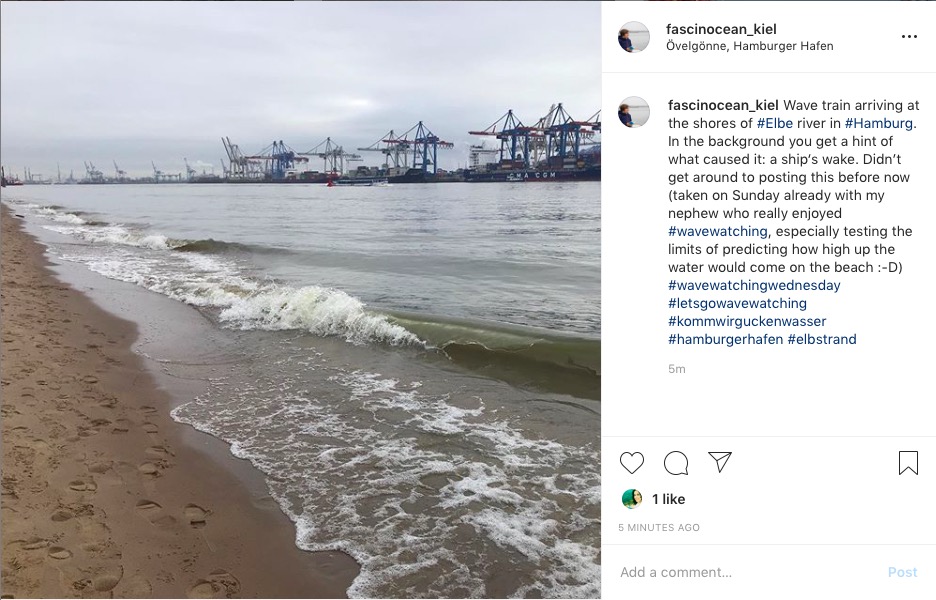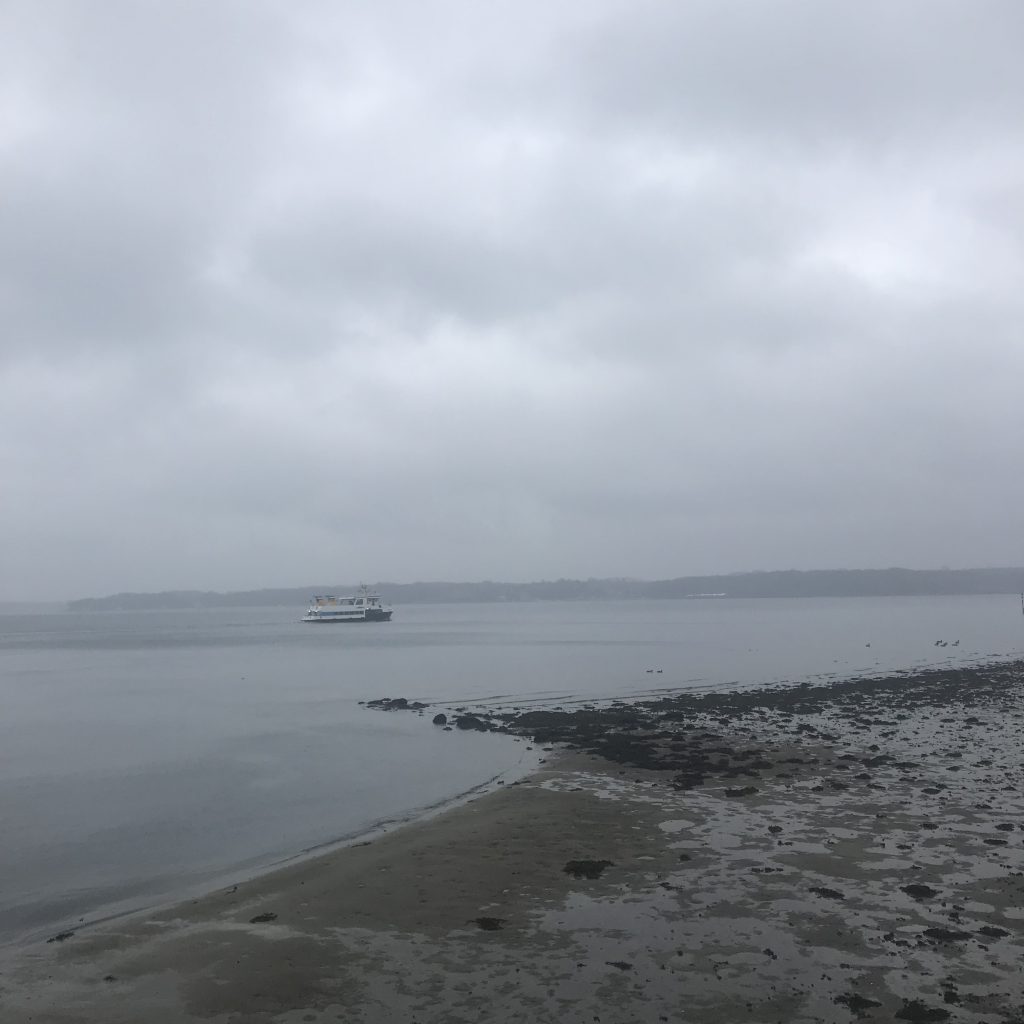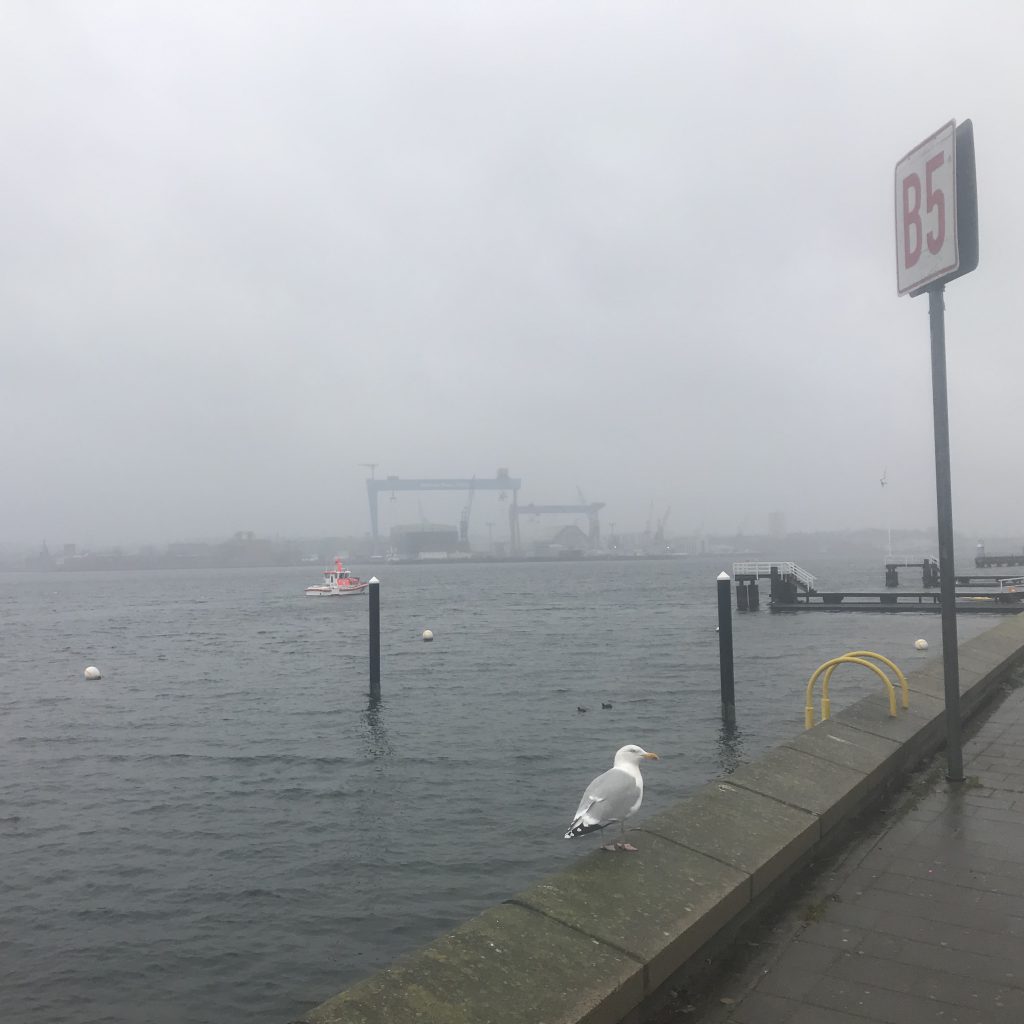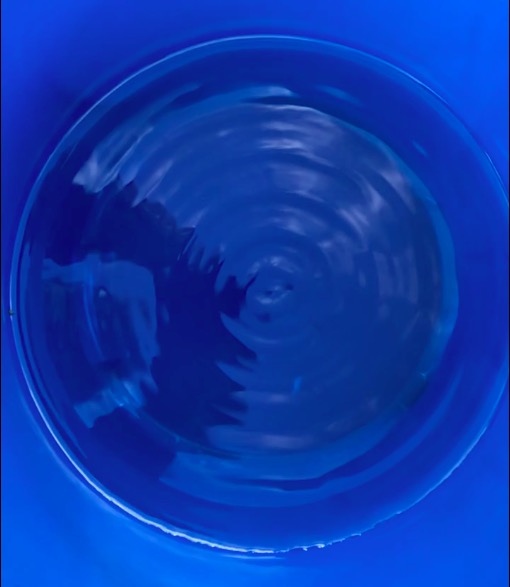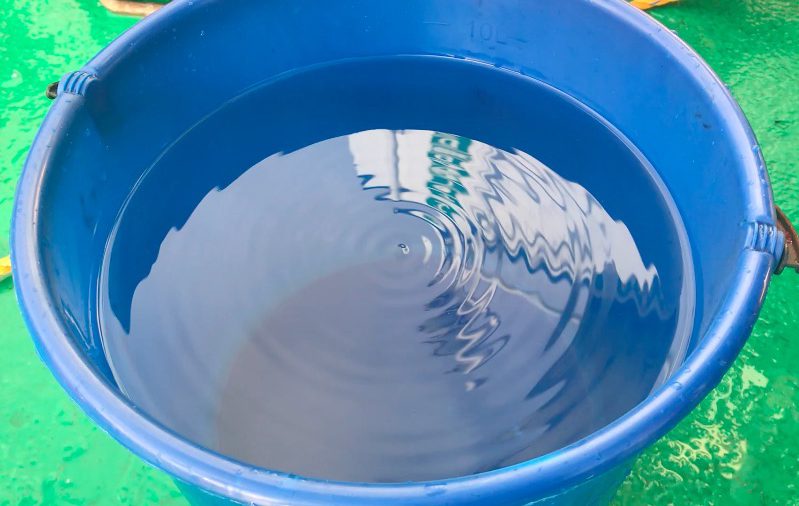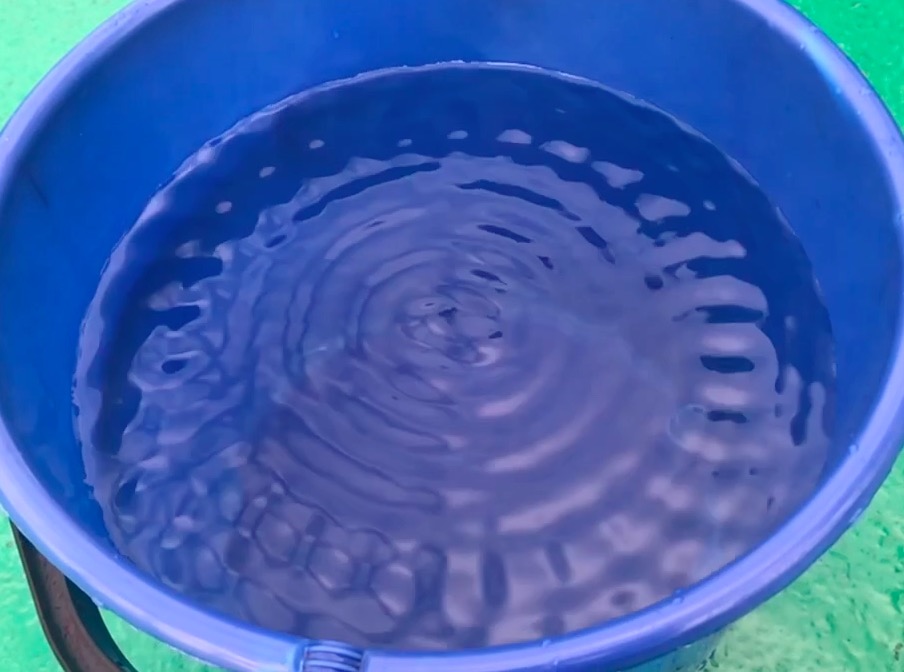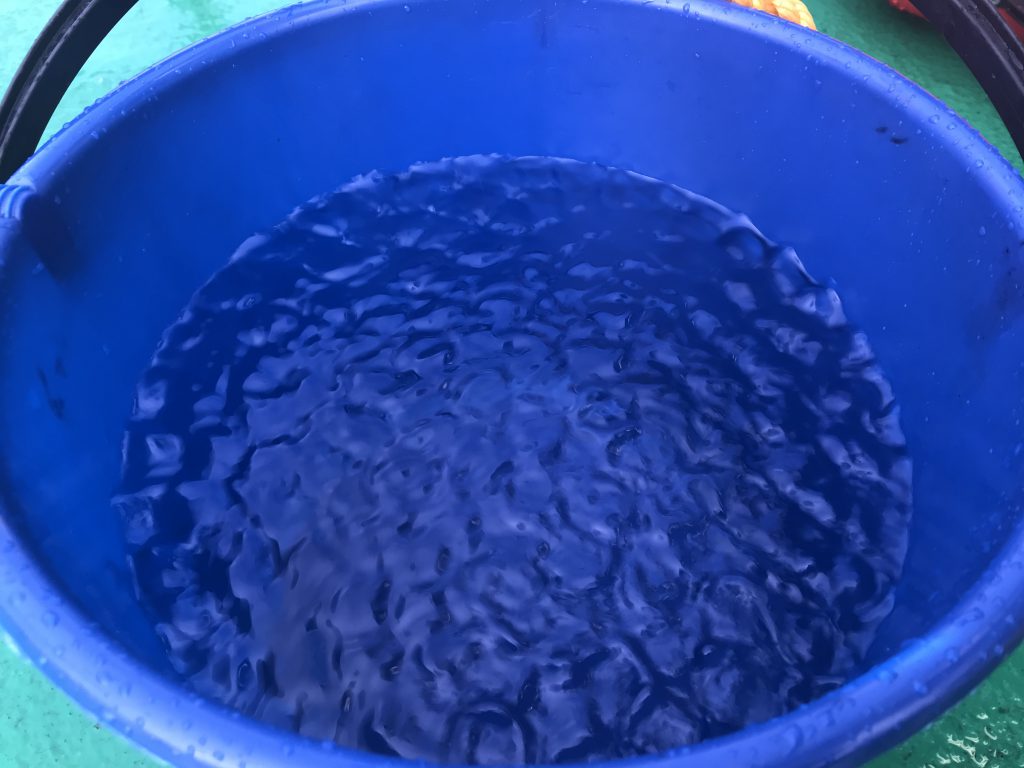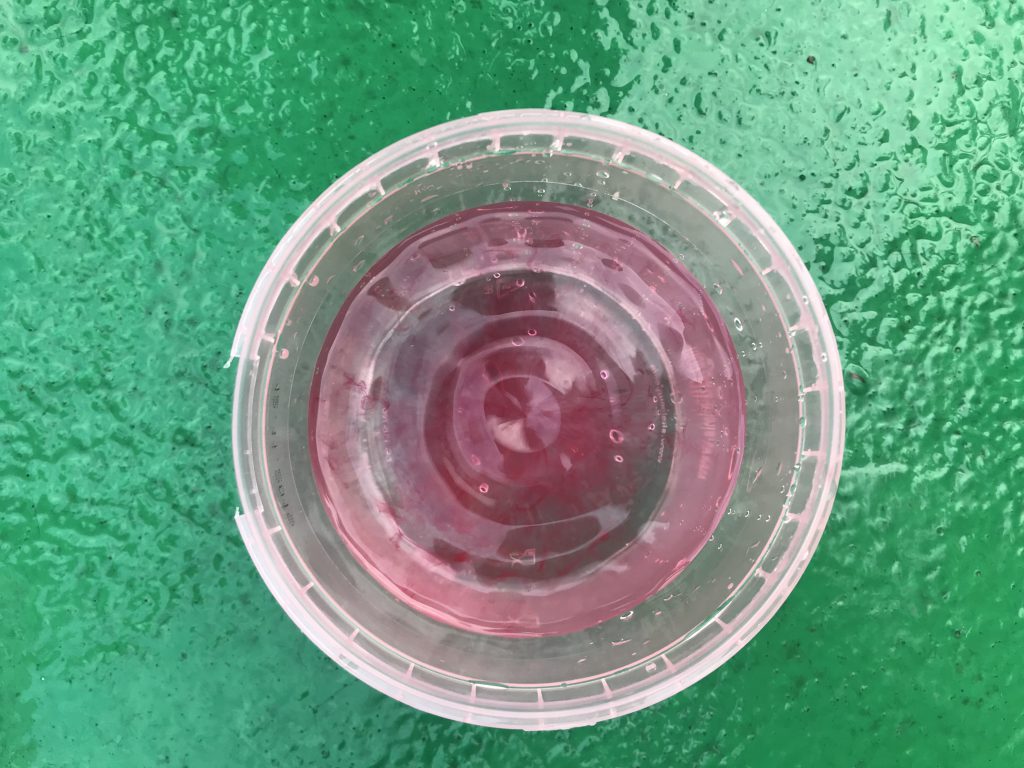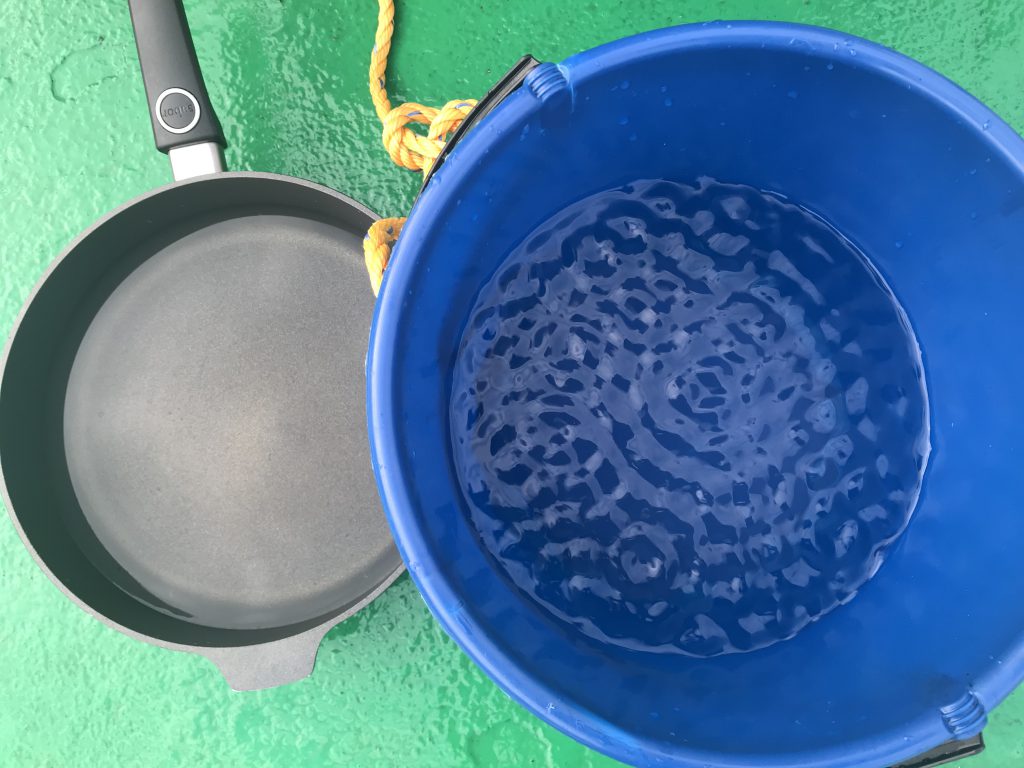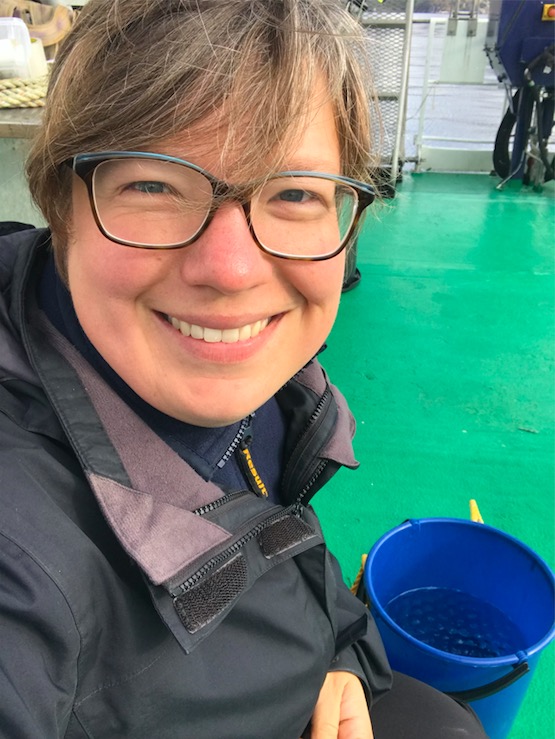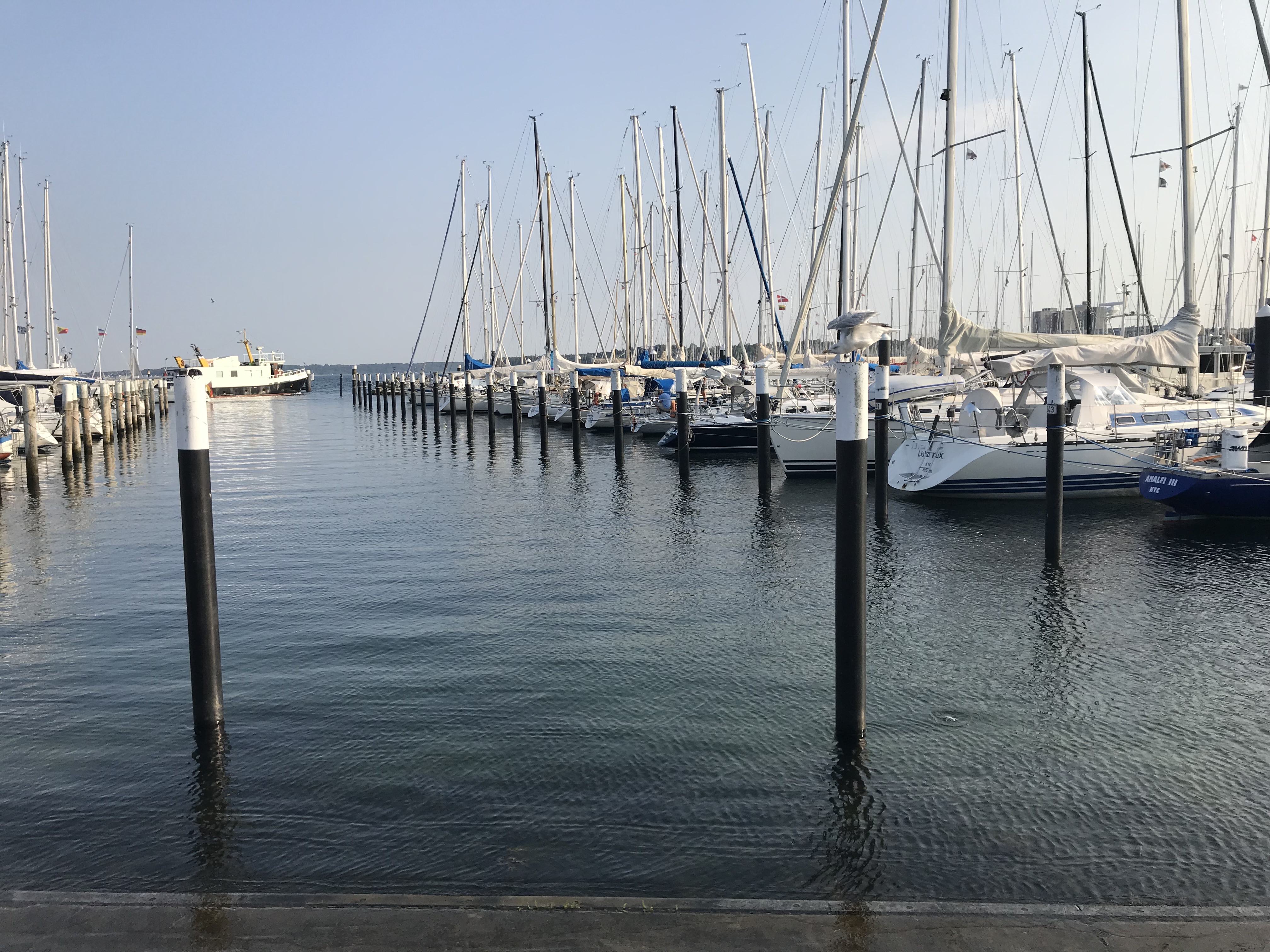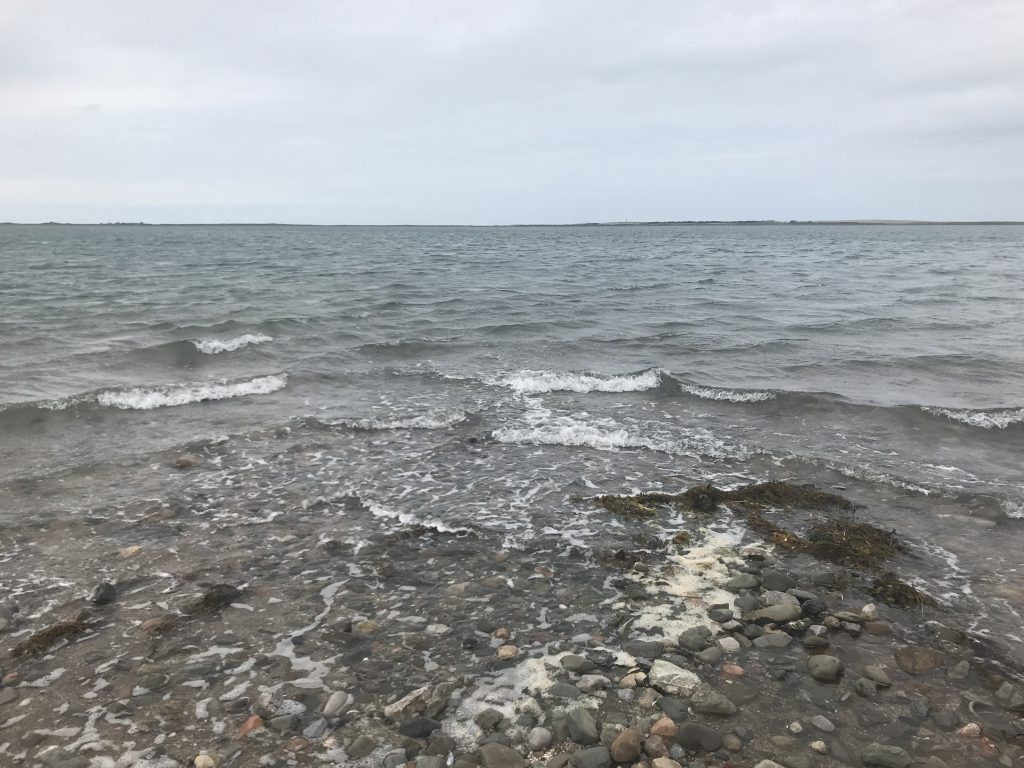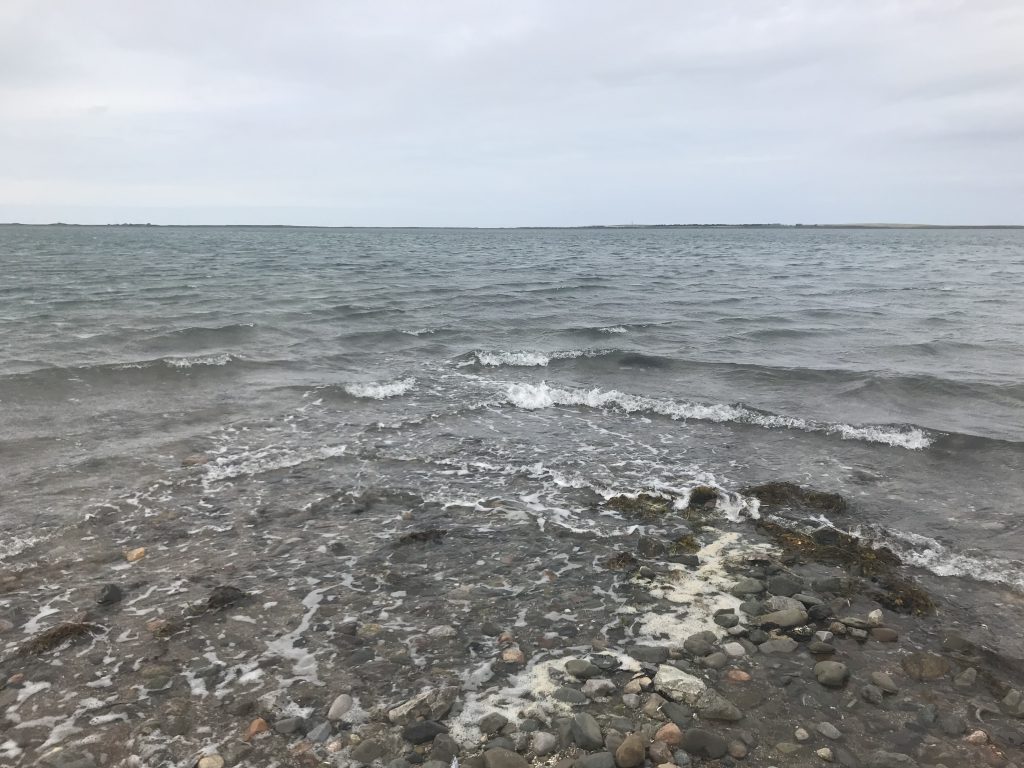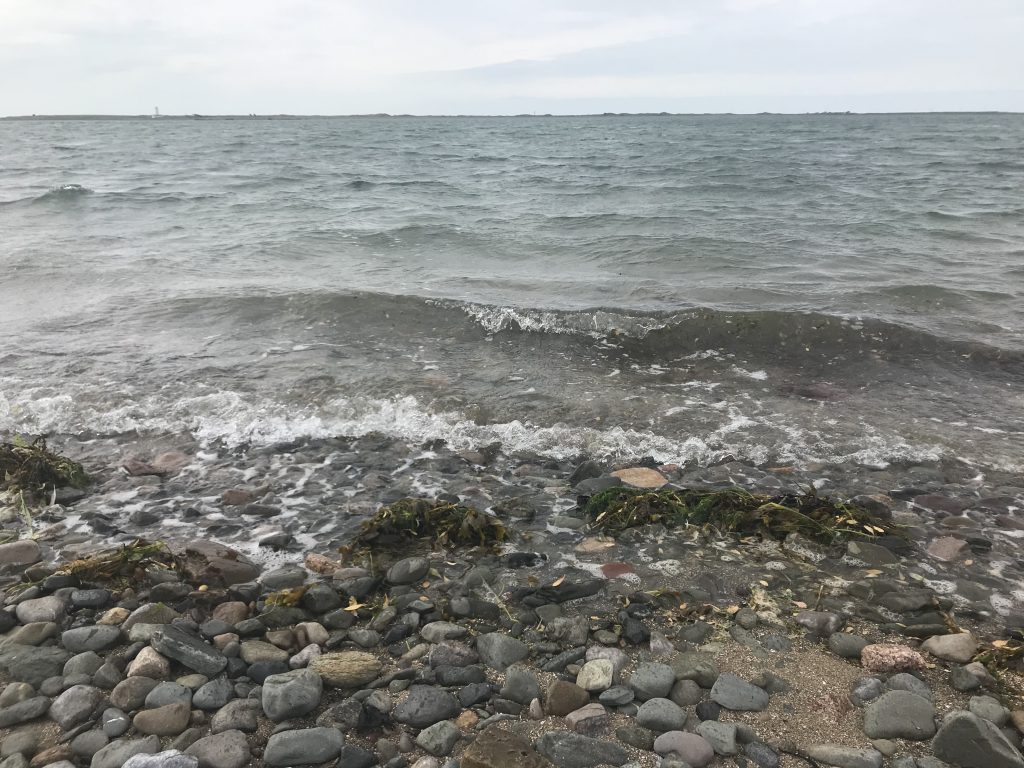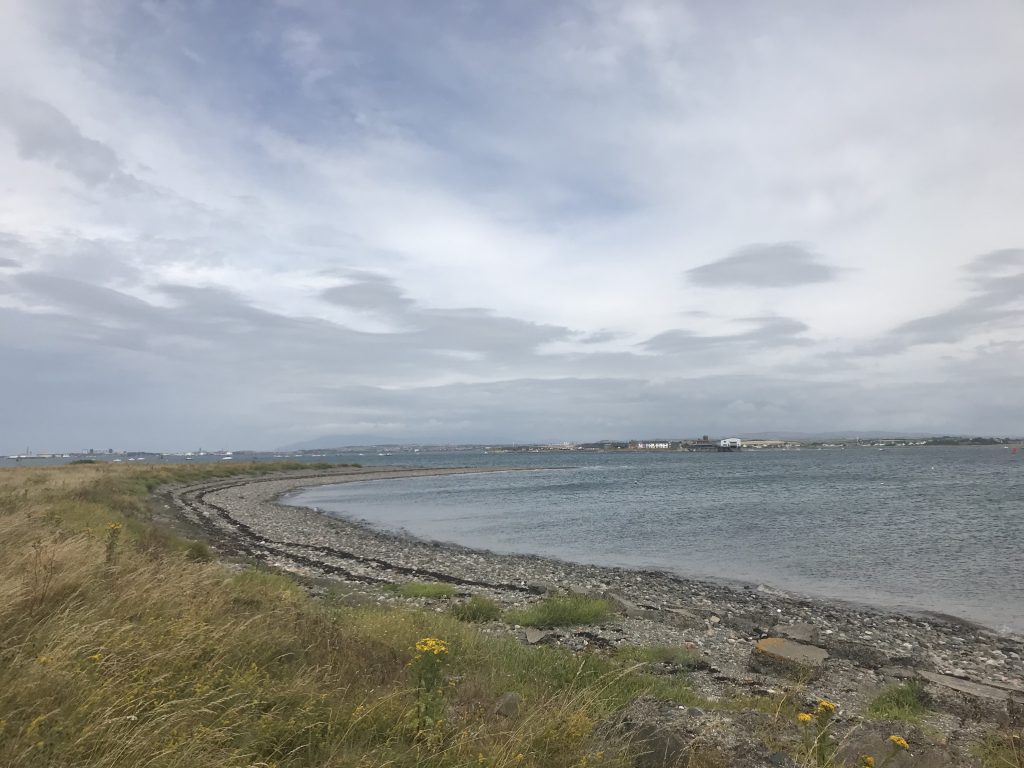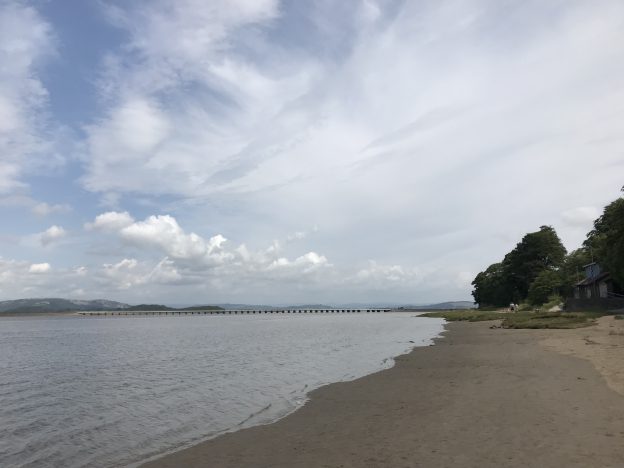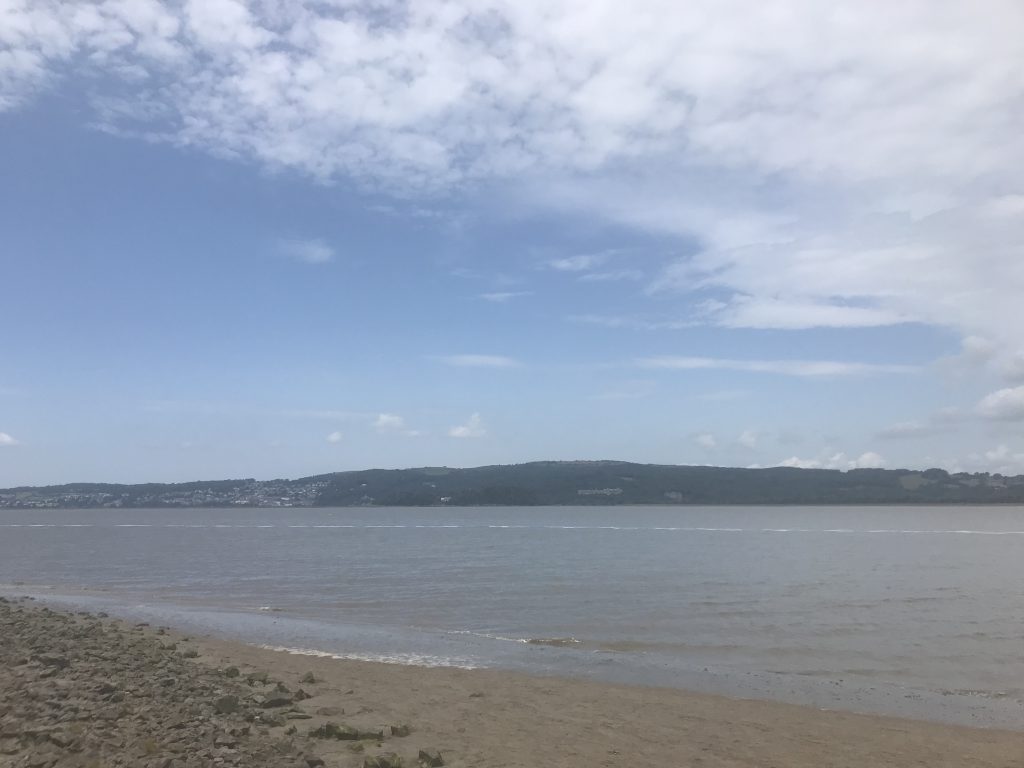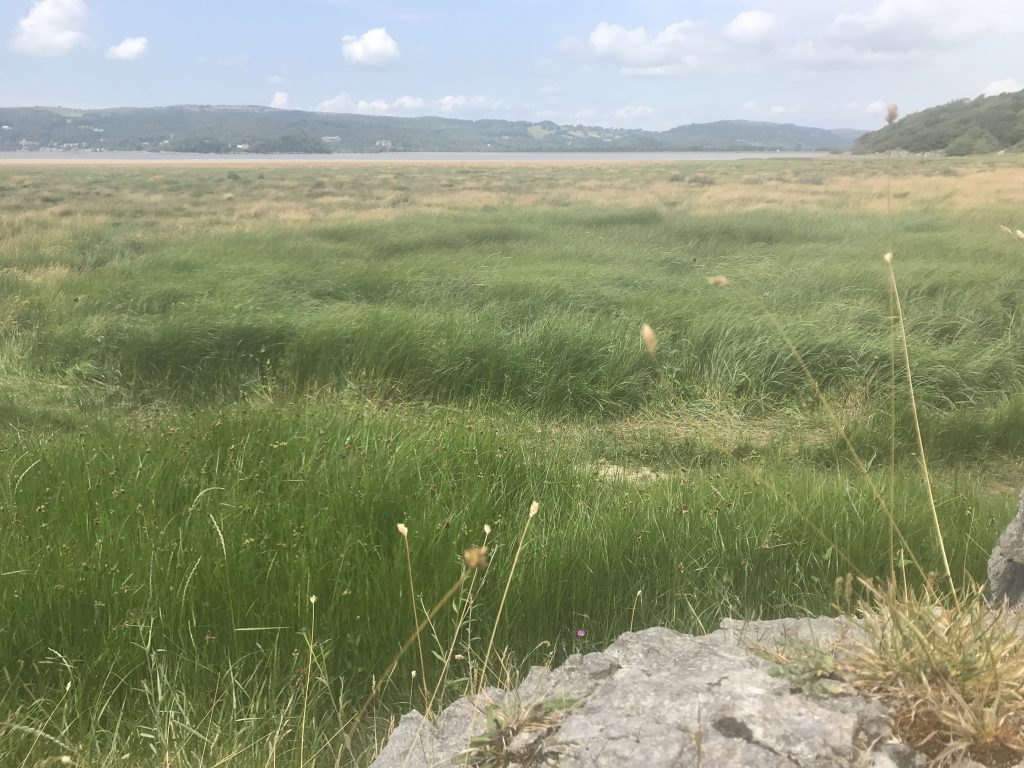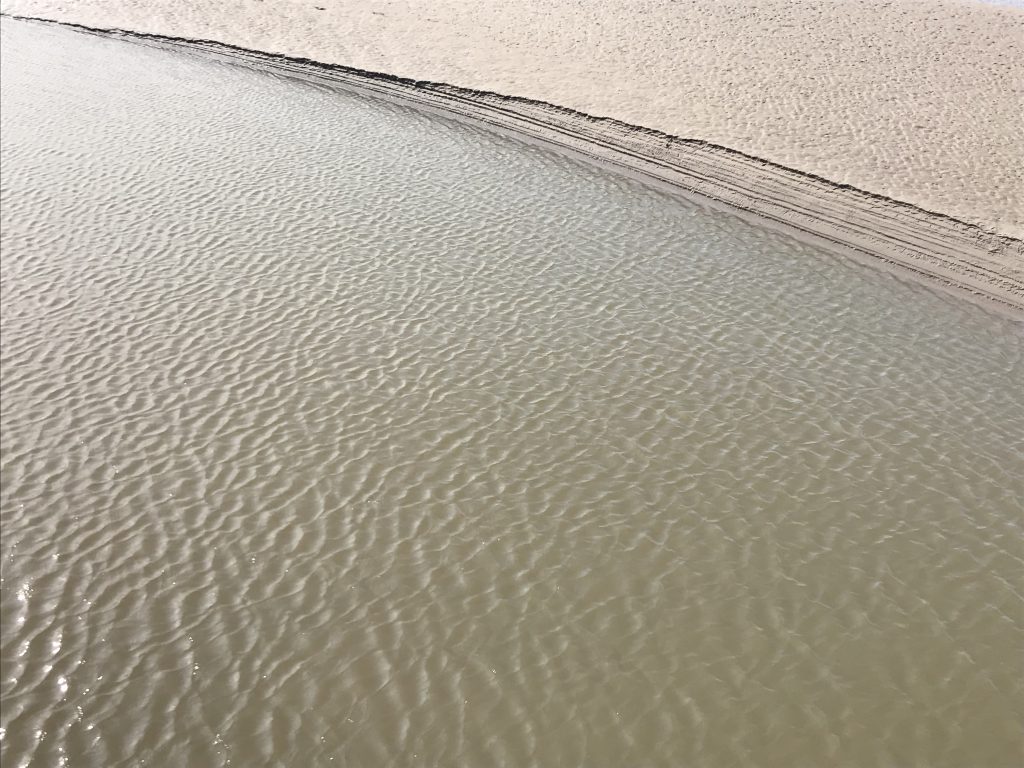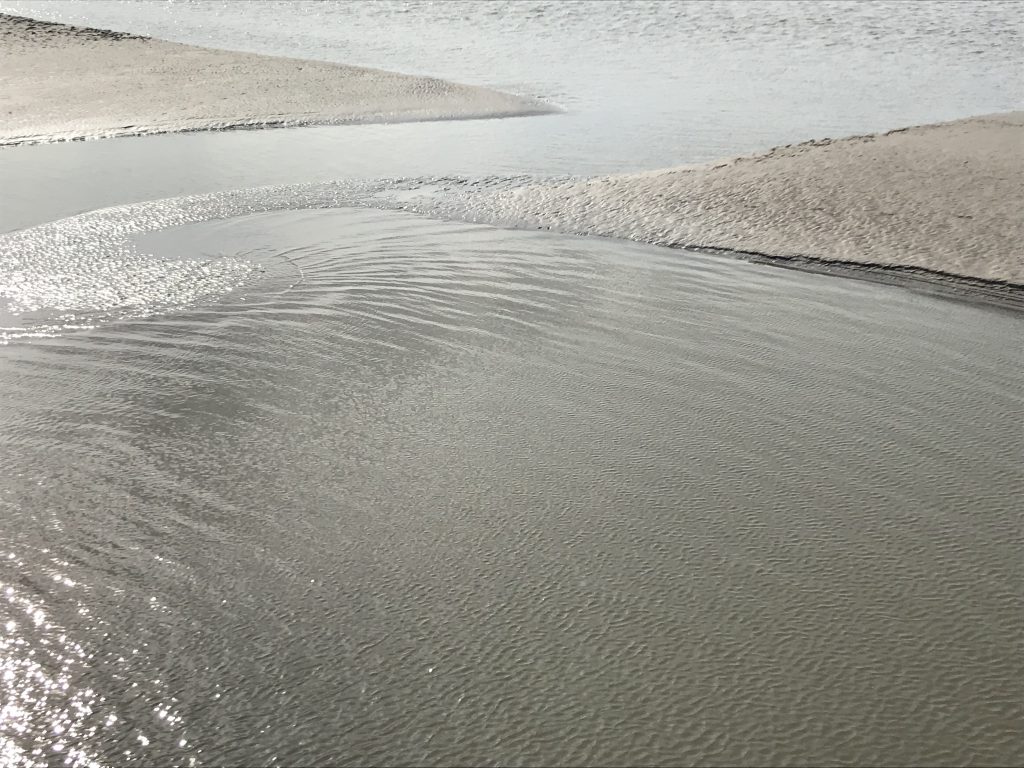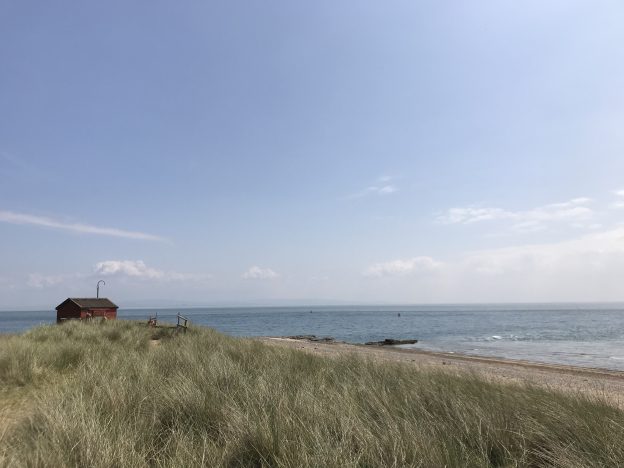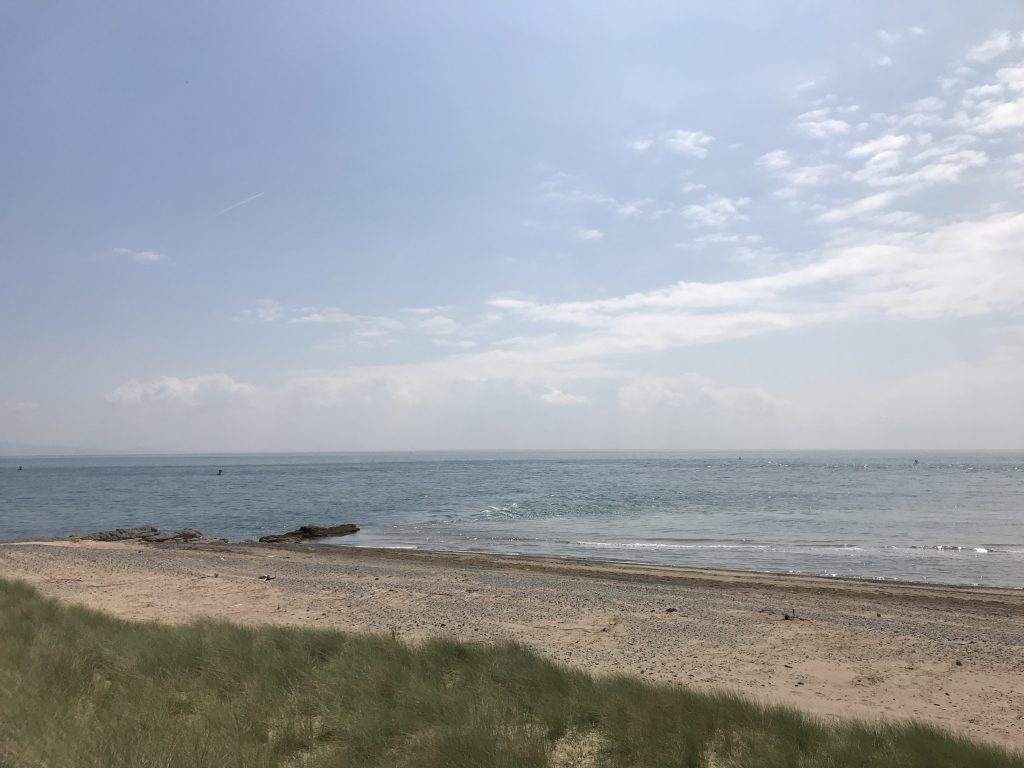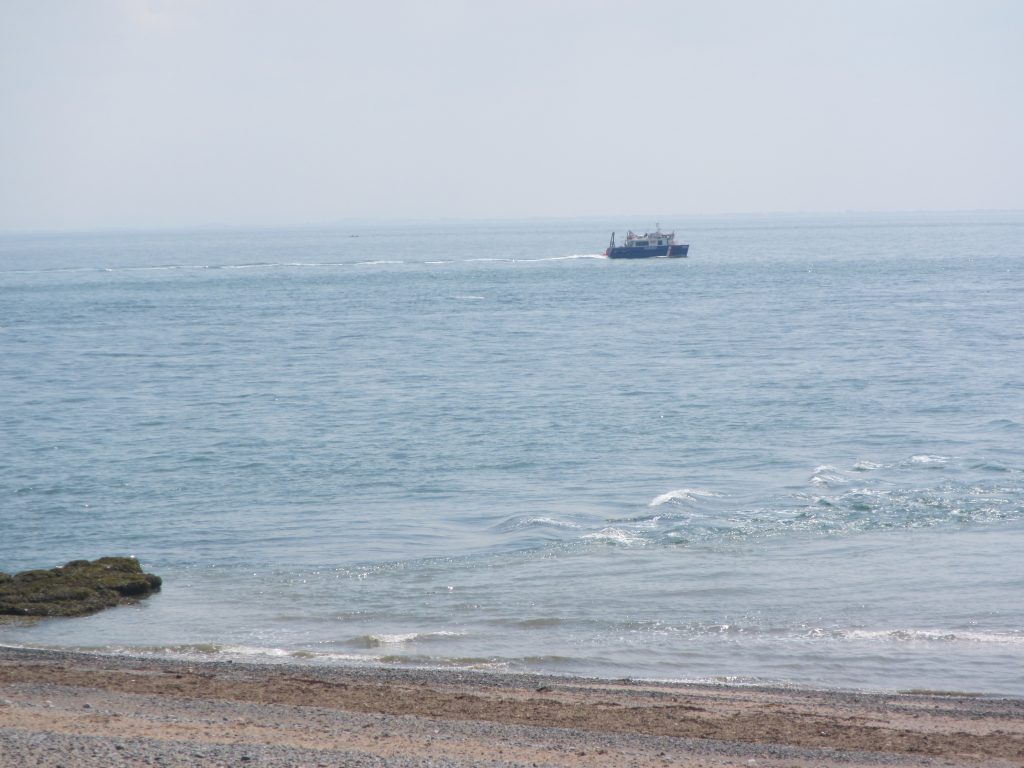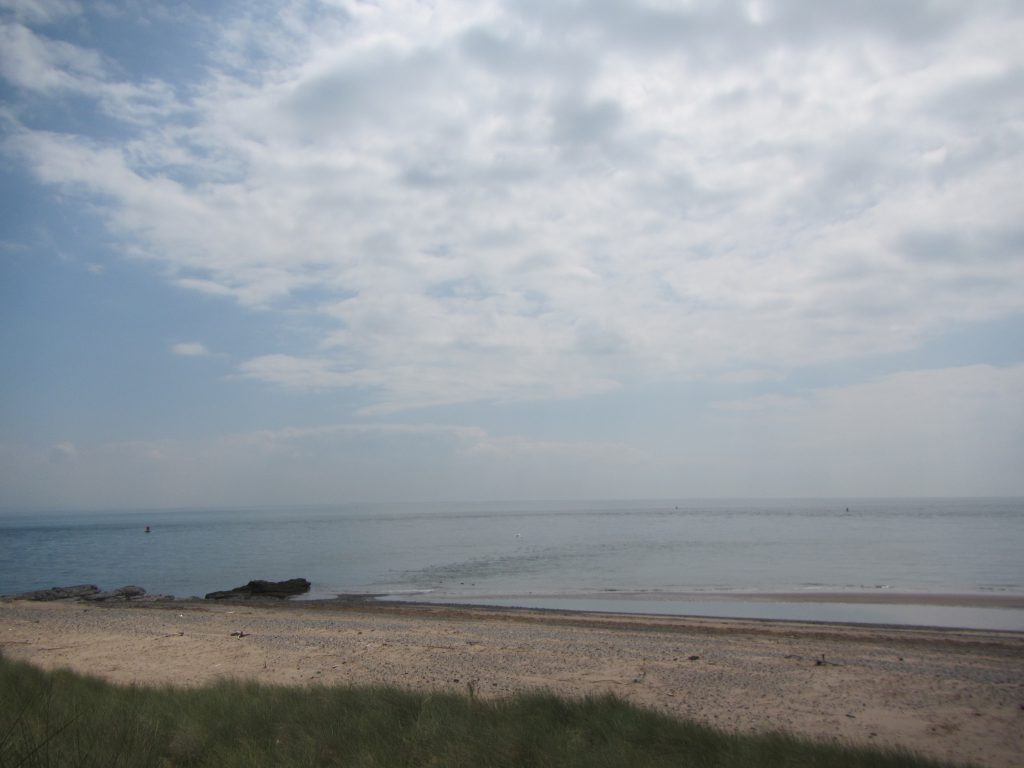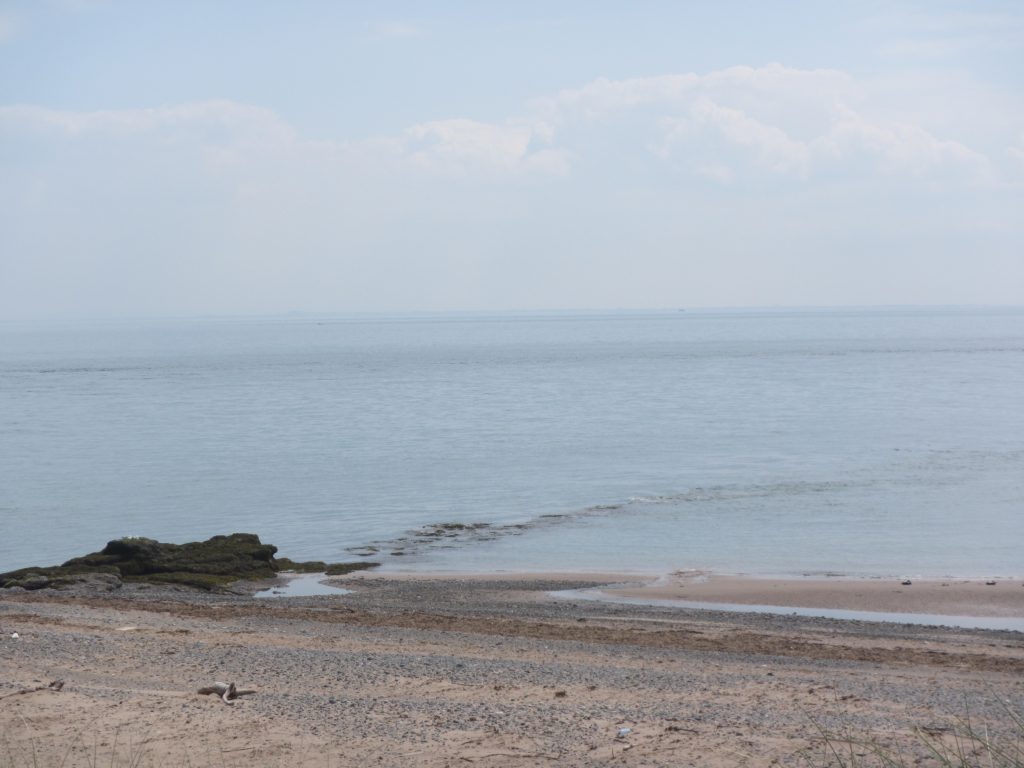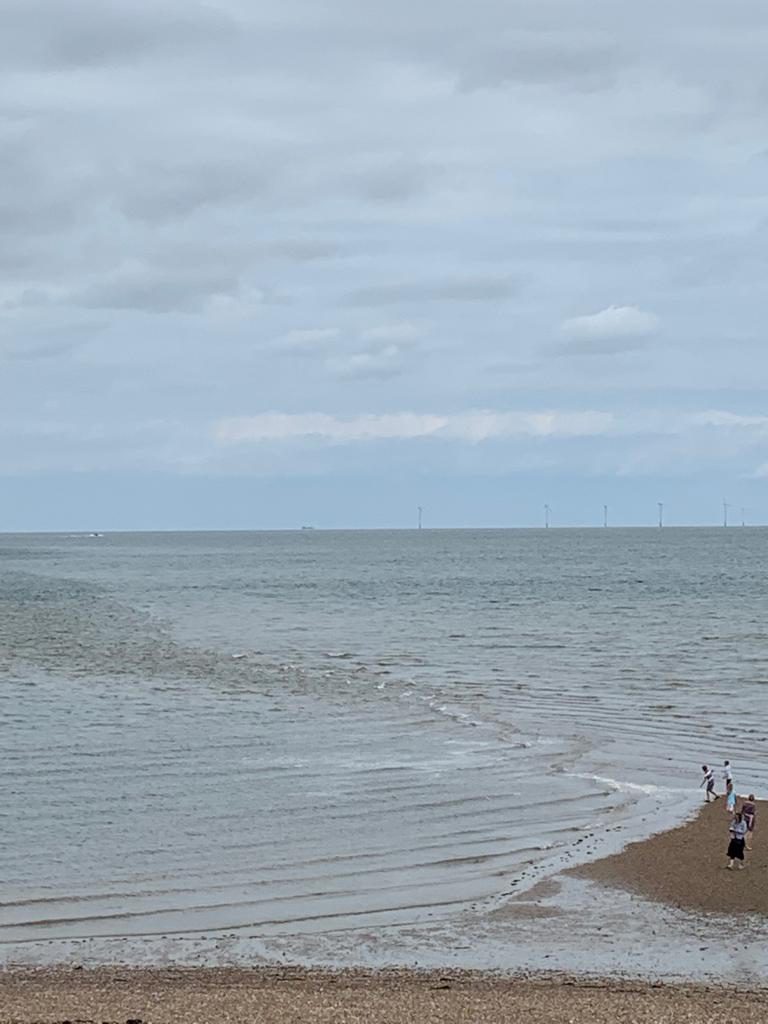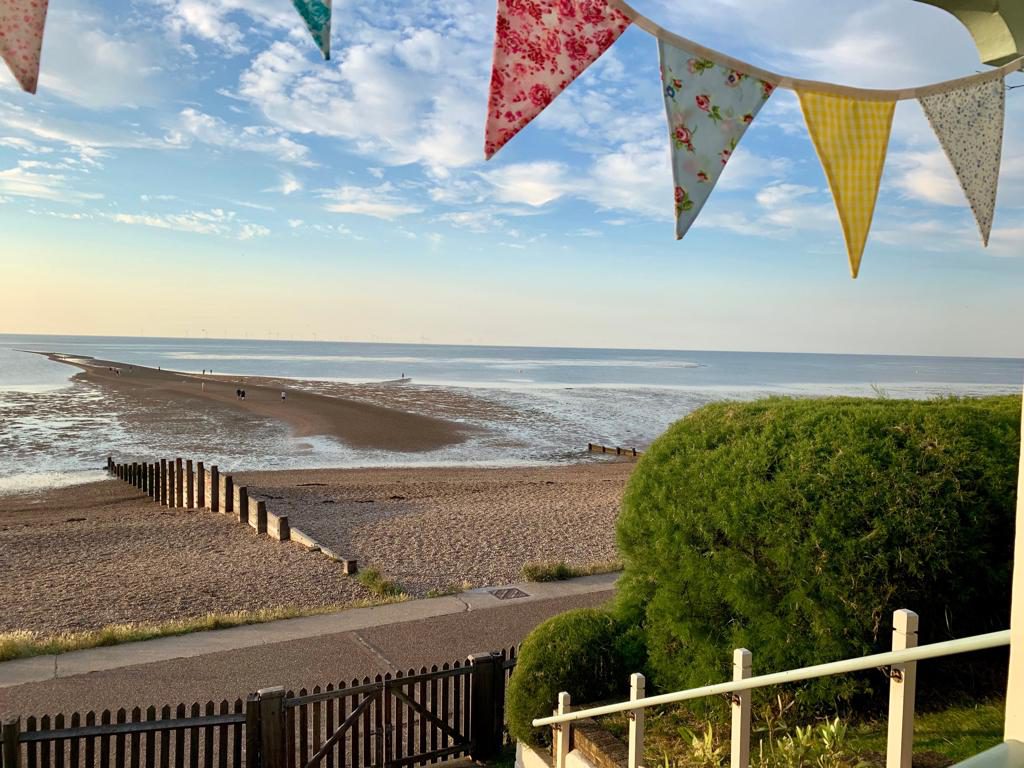A week’s worth of #WaveWatching pictures for you. Enjoy!
Starting off strong: I love living in Kiel!
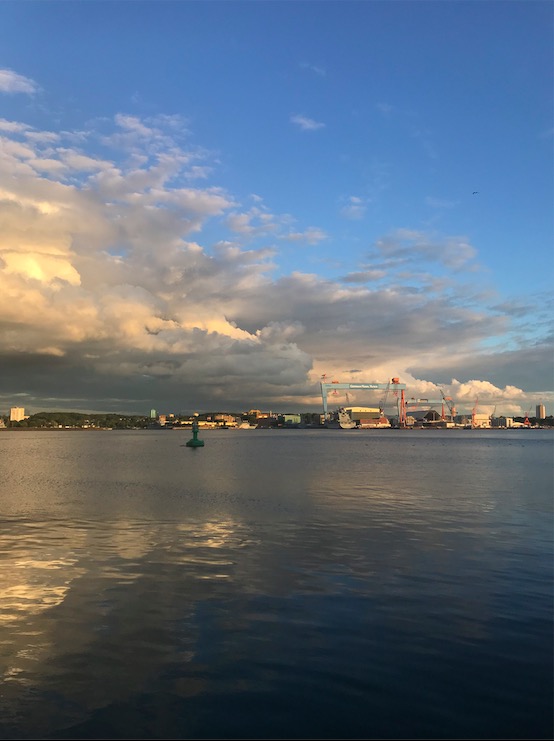
Totally different vibe the next morning, looking very winter-y somehow.
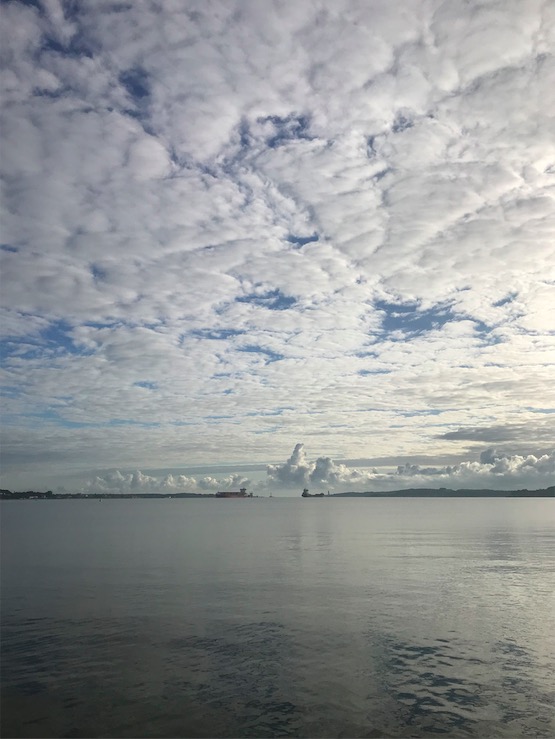
And then another early morning on my way to the beach. Below you see the locks on Kiel canal from the bridge that crosses the channel. I really love this view but I have to admit — if the ferry ran this early in the morning already, I’d totally take it to cross the channel rather than cycling that bridge!
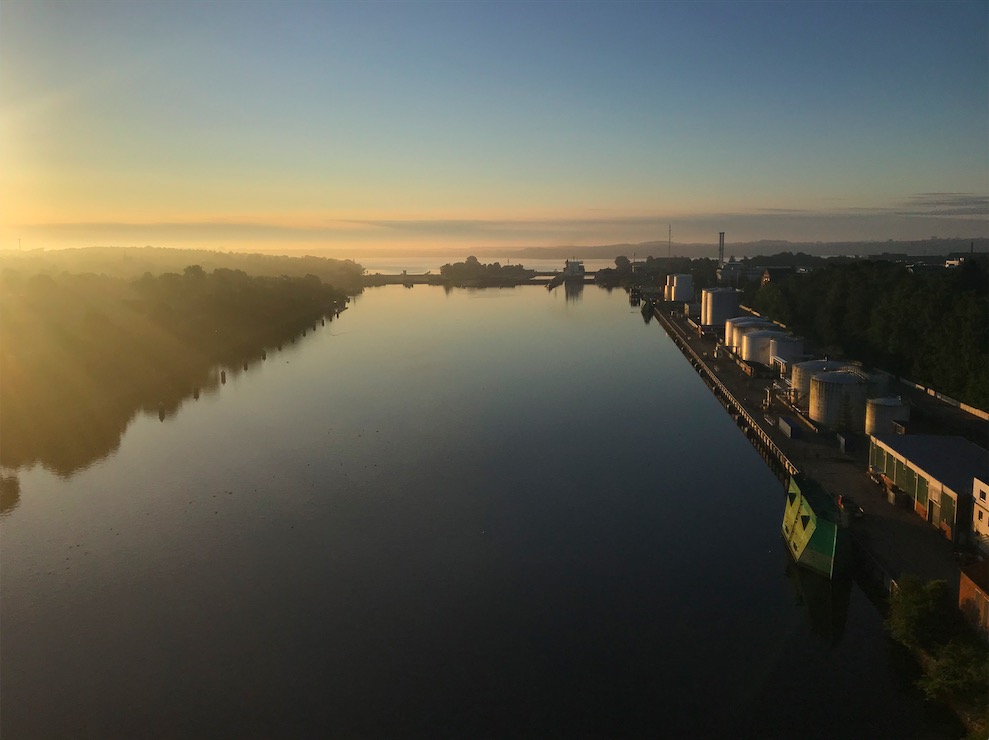
But arriving at the beach always makes it worth it!
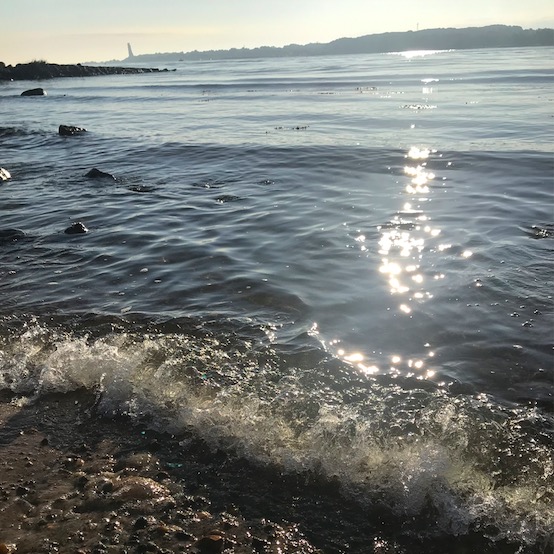
Taking the ferry back home… Love this picture! A turbulent wake, a feathery wake, those clouds… What more could anyone want?
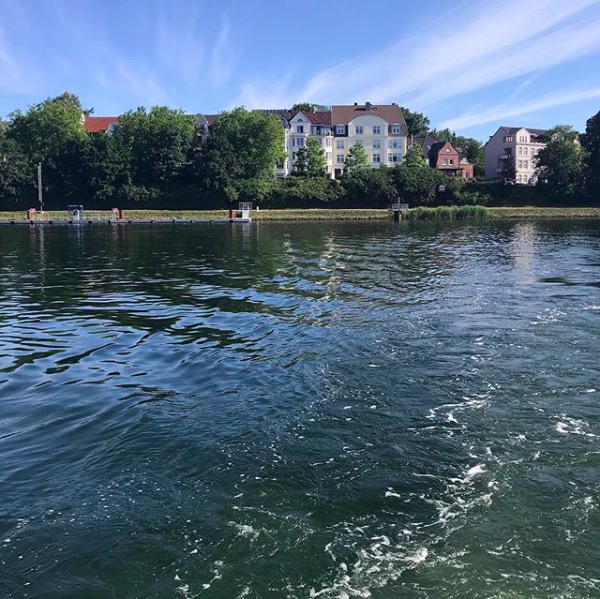
….and we are back on the next day! Waves breaking pretty much right on the beach because the beach profile has a step shape right at the water line. Looks surreal to have those long smooth waves, than a tiny bit of breaking, then nothing but sand…
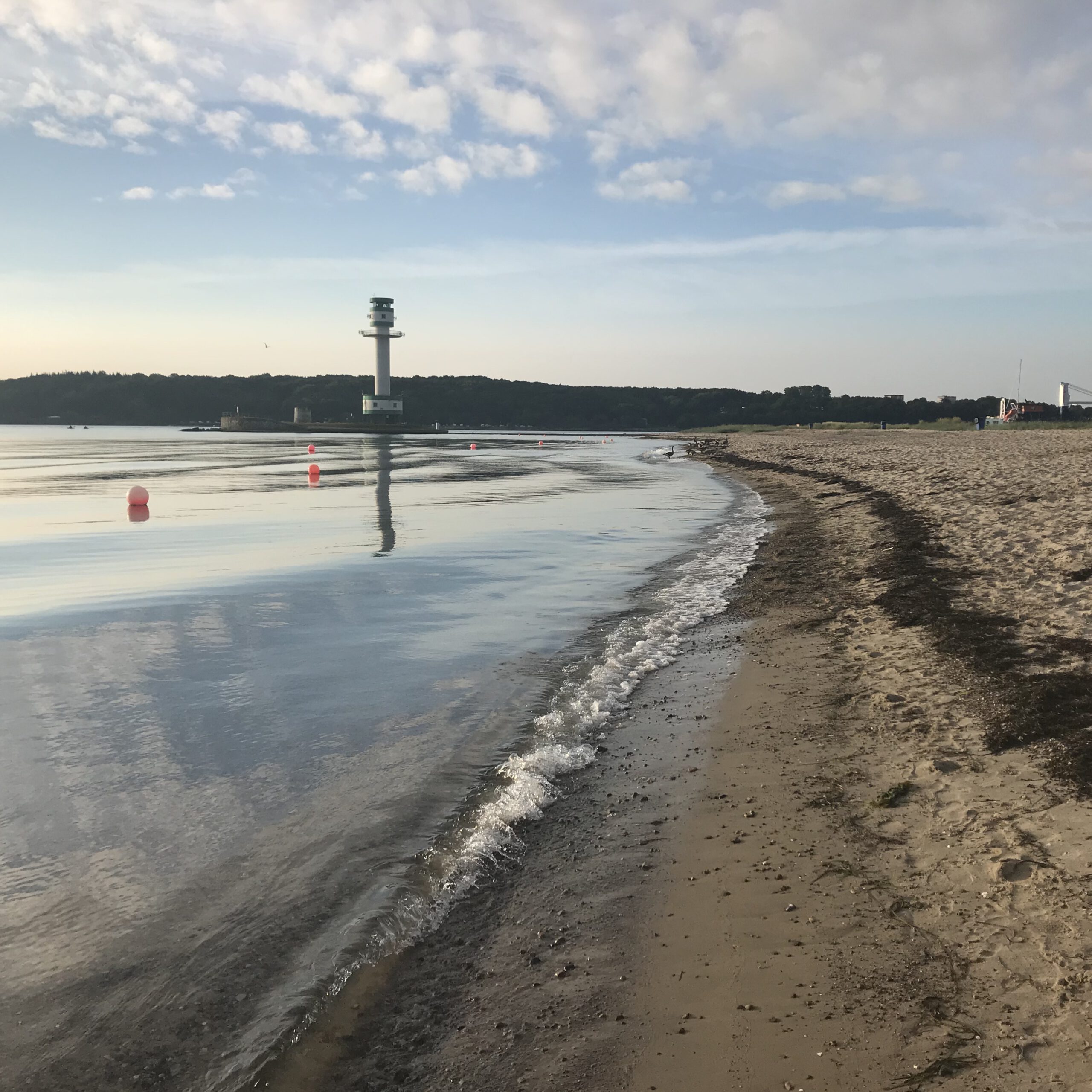
All those bubbles in the white water of the breaking waves!
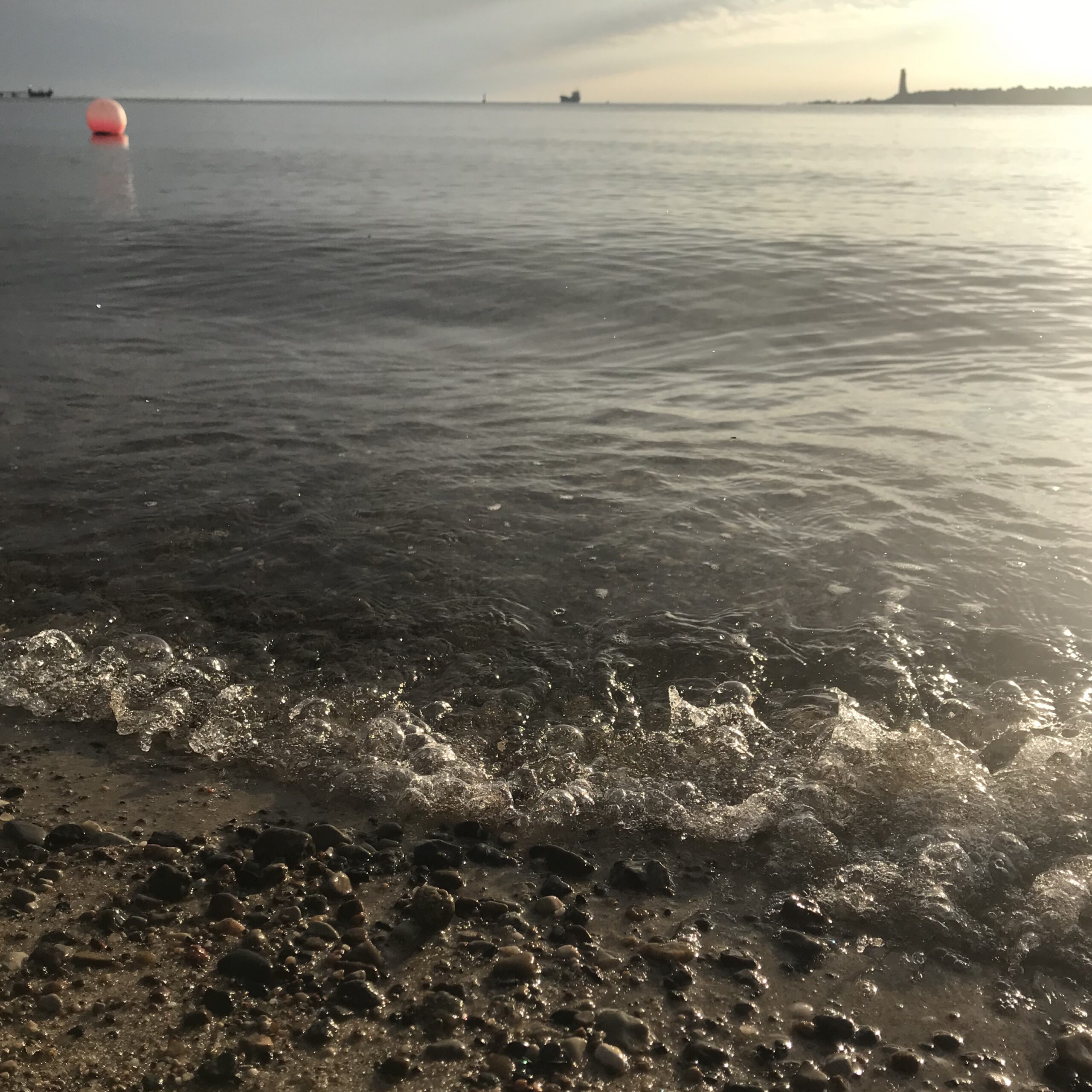
I actually took the picture below because of the birds’ wakes in the center. Weird how it turned out!
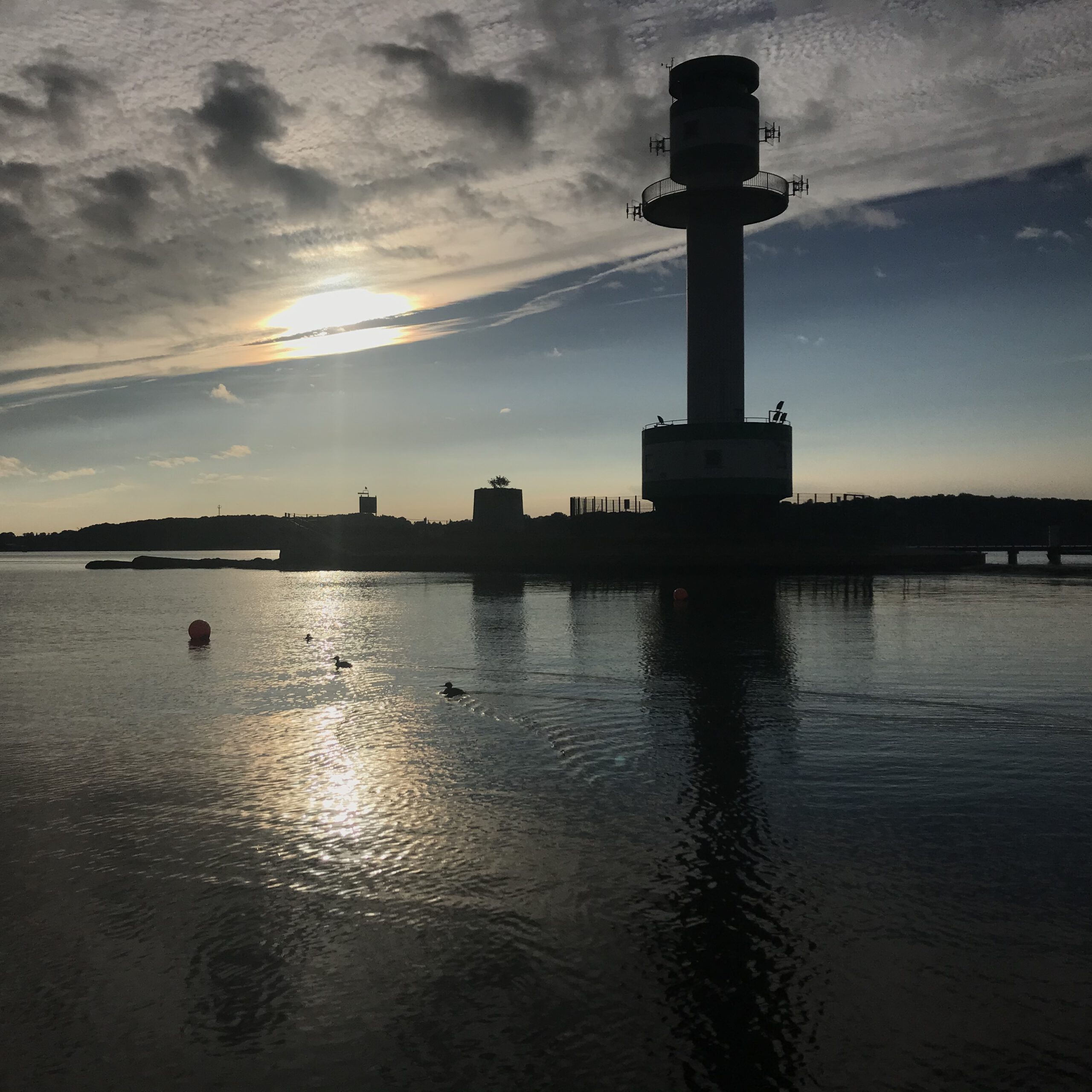
And here is one just because it’s pretty!
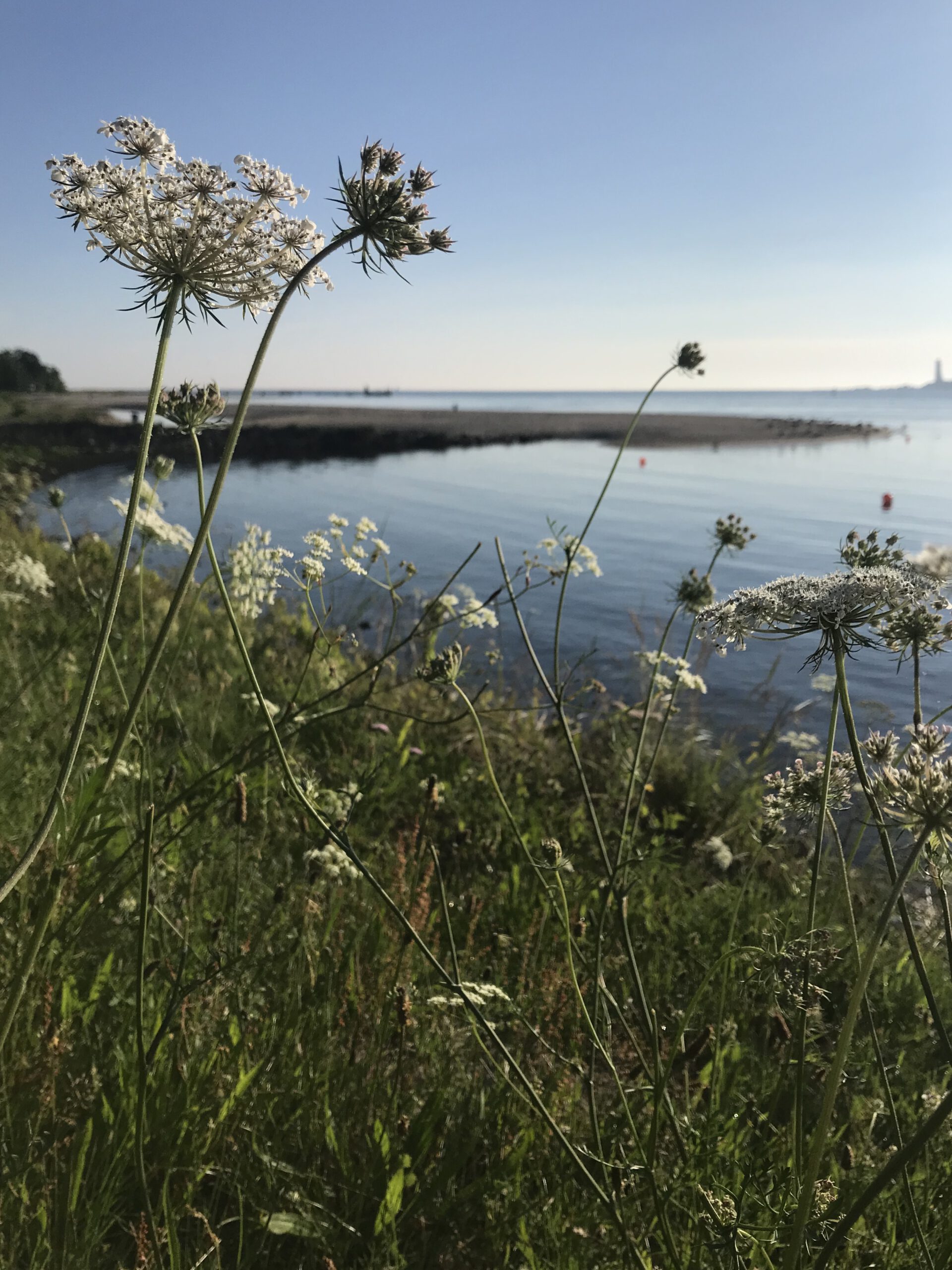
Always surprising how many fossils there are on the beach, even though this is the 5th day in 8 days of me collecting on the really short stretch from there to the lighthouse! How many more are hiding underneath our feet and we’ll never know?
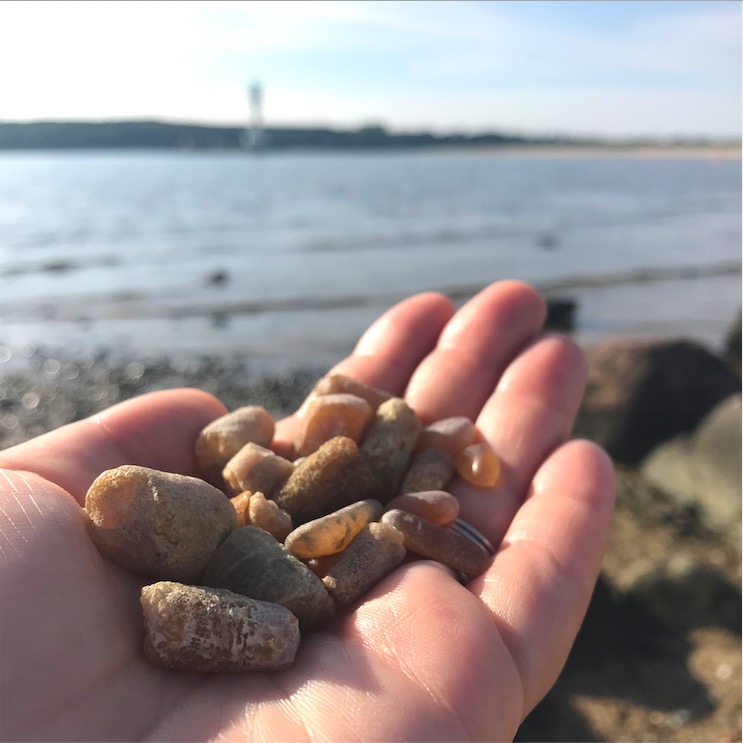
Took a very similar picture as on the day before, but I love all the different parts of the wake, the clouds, the reflections. So beautiful and calming.
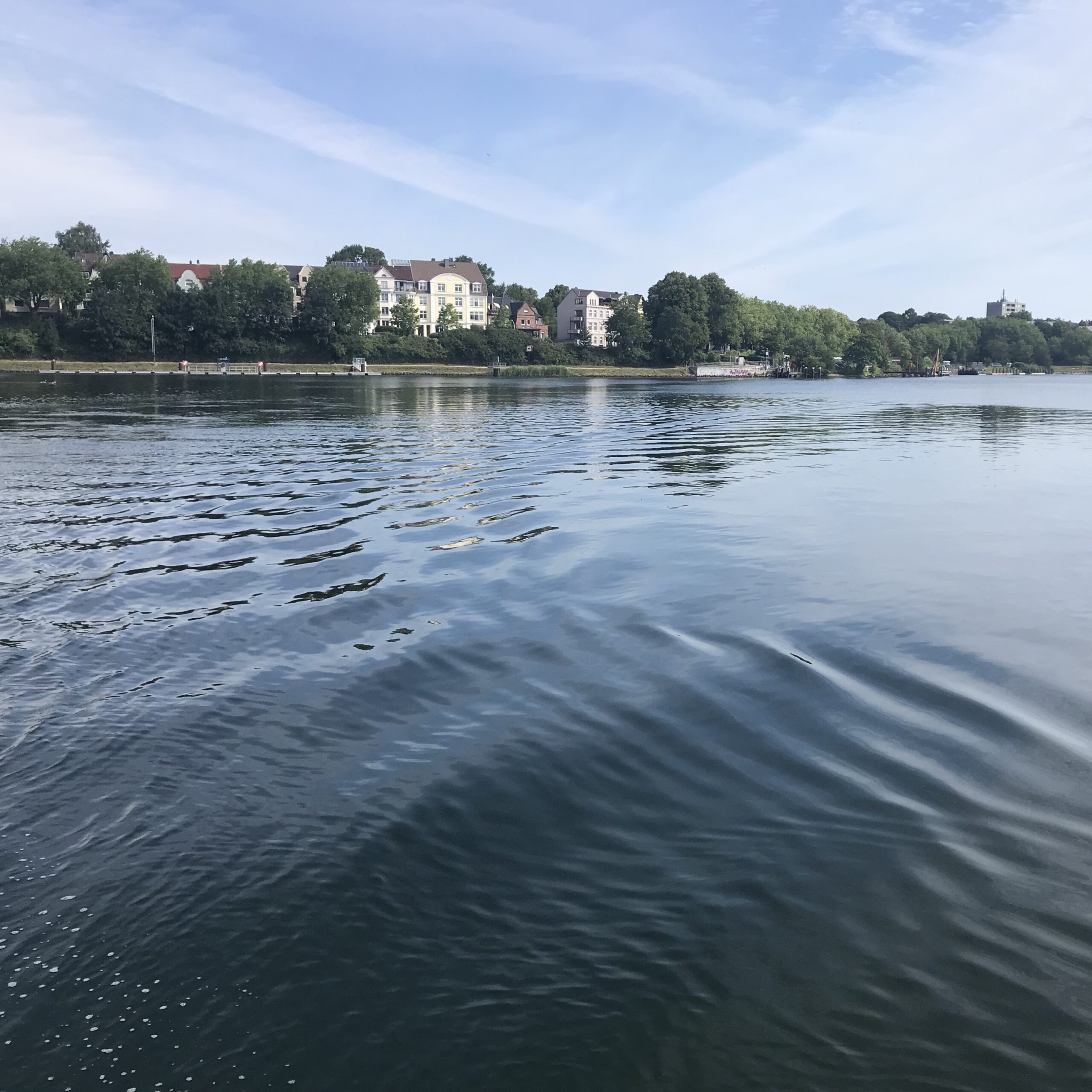
Running, seal watching, swimming in Kiel fjord, now my well-deserved coffee. Have a nice Sunday everybody!
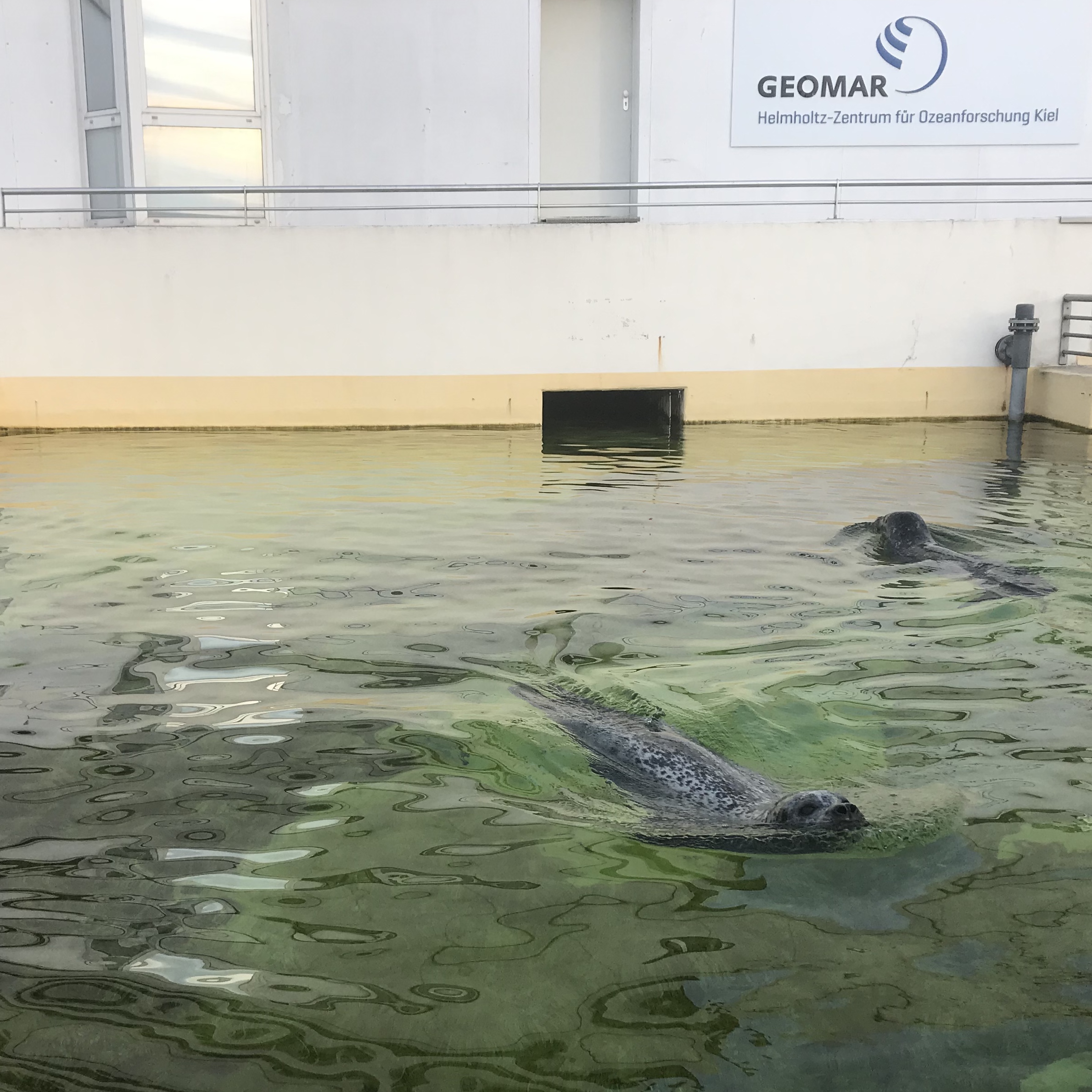
On Monday, a colleague from GEO visited me to do an interview on wave watching. Amazing day!
Taking the ferry & admiring the wakes. Isn’t it fascinating for how long turbulence persists & wipes out any waves / prevents formation of new waves? Love the different surface textures!
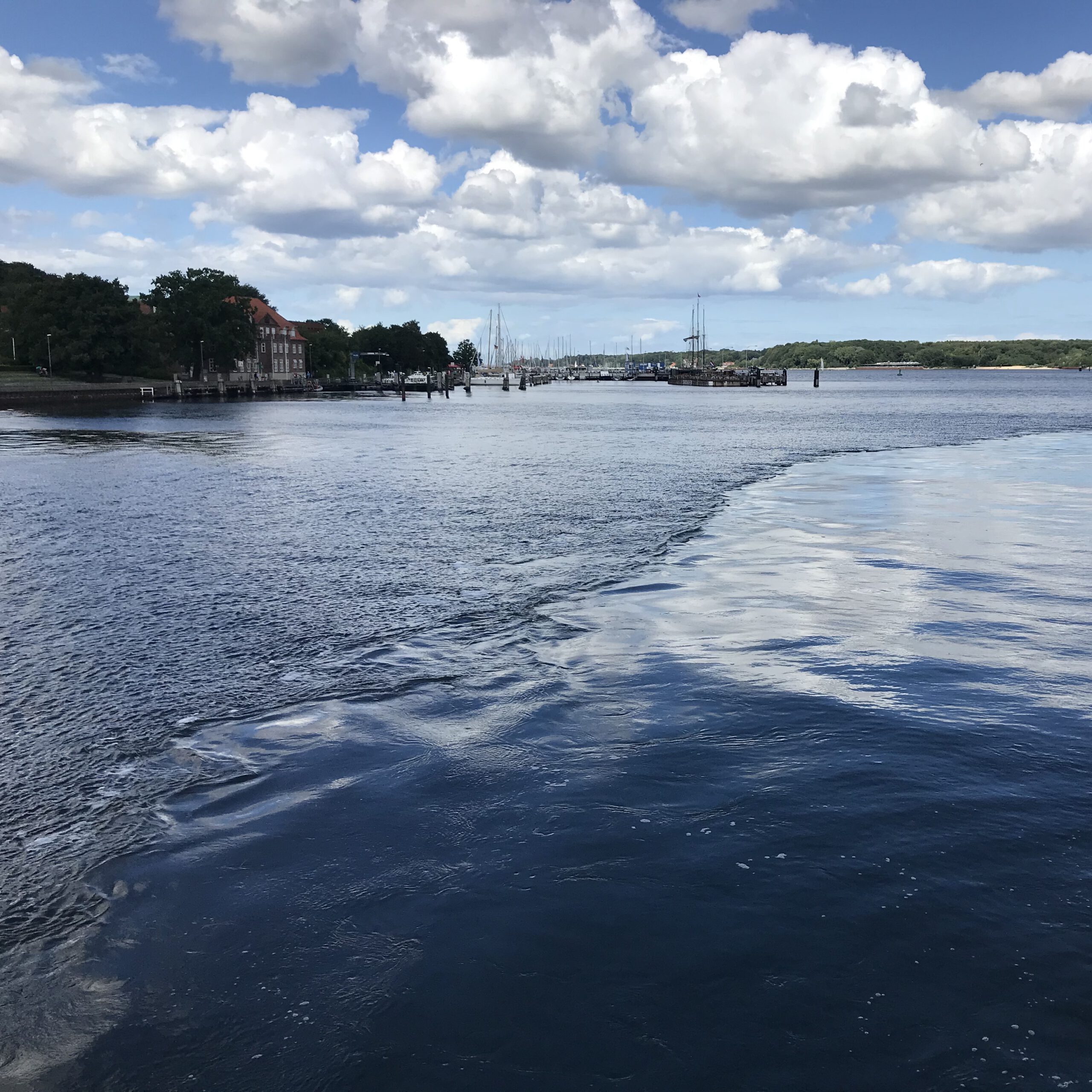
Also fascinating how differently wakes look depending on weather conditions!
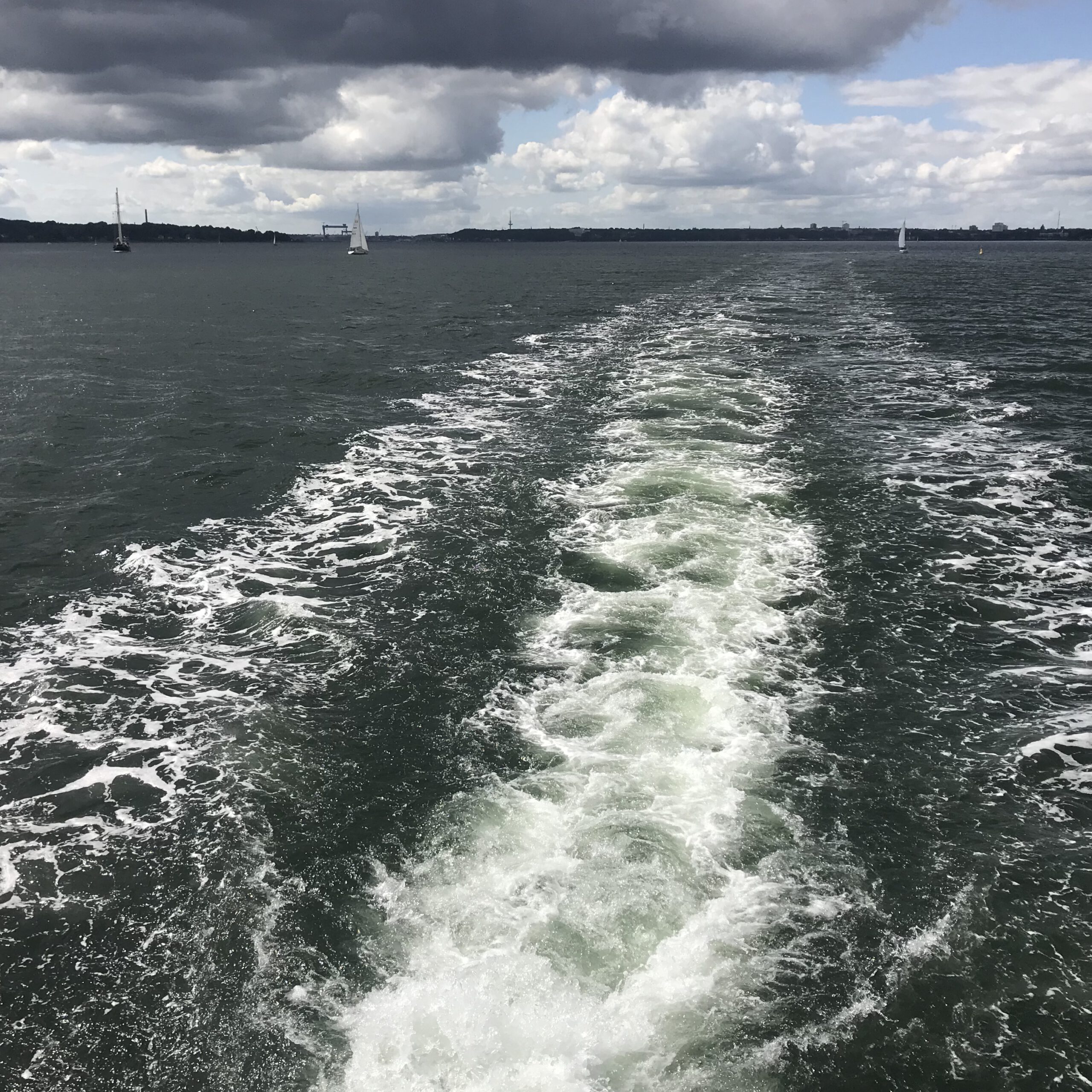
Love how dramatic this looks!
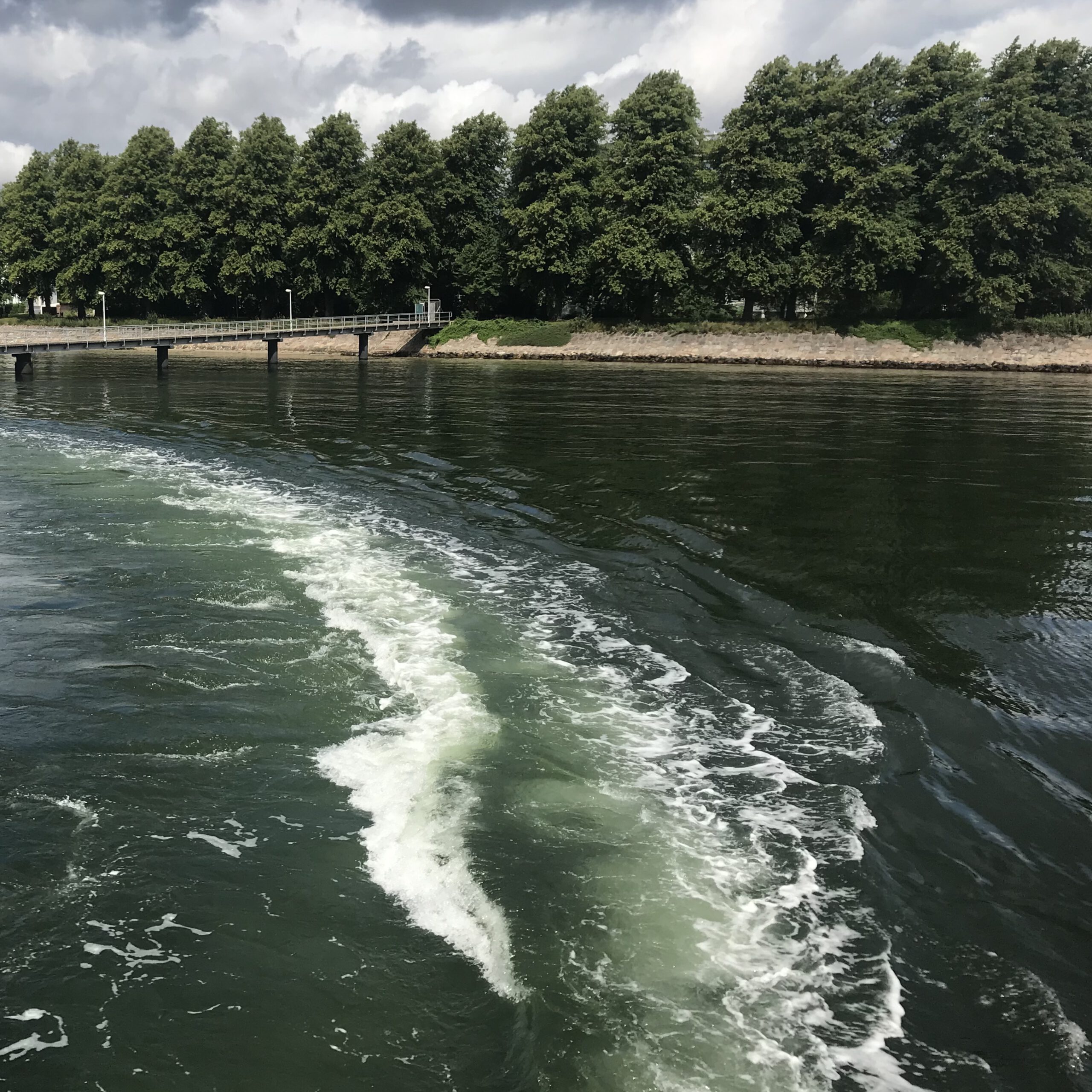
…and how turbulent patches are so smooth and reflect the building so well. And then a sharp boundary and we are back to the normal surface roughness of wind waves!
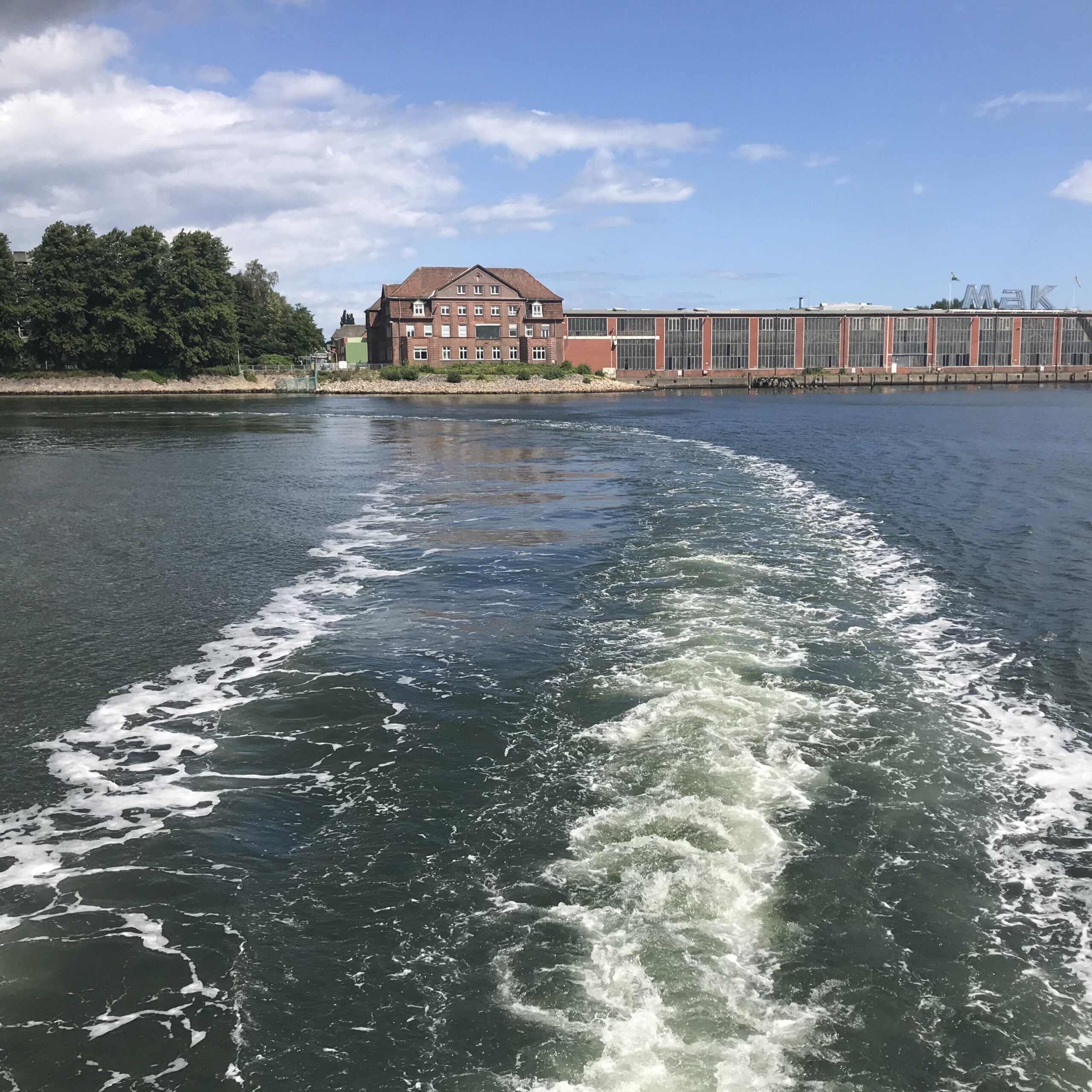
I can’t get over how fascinating this is!
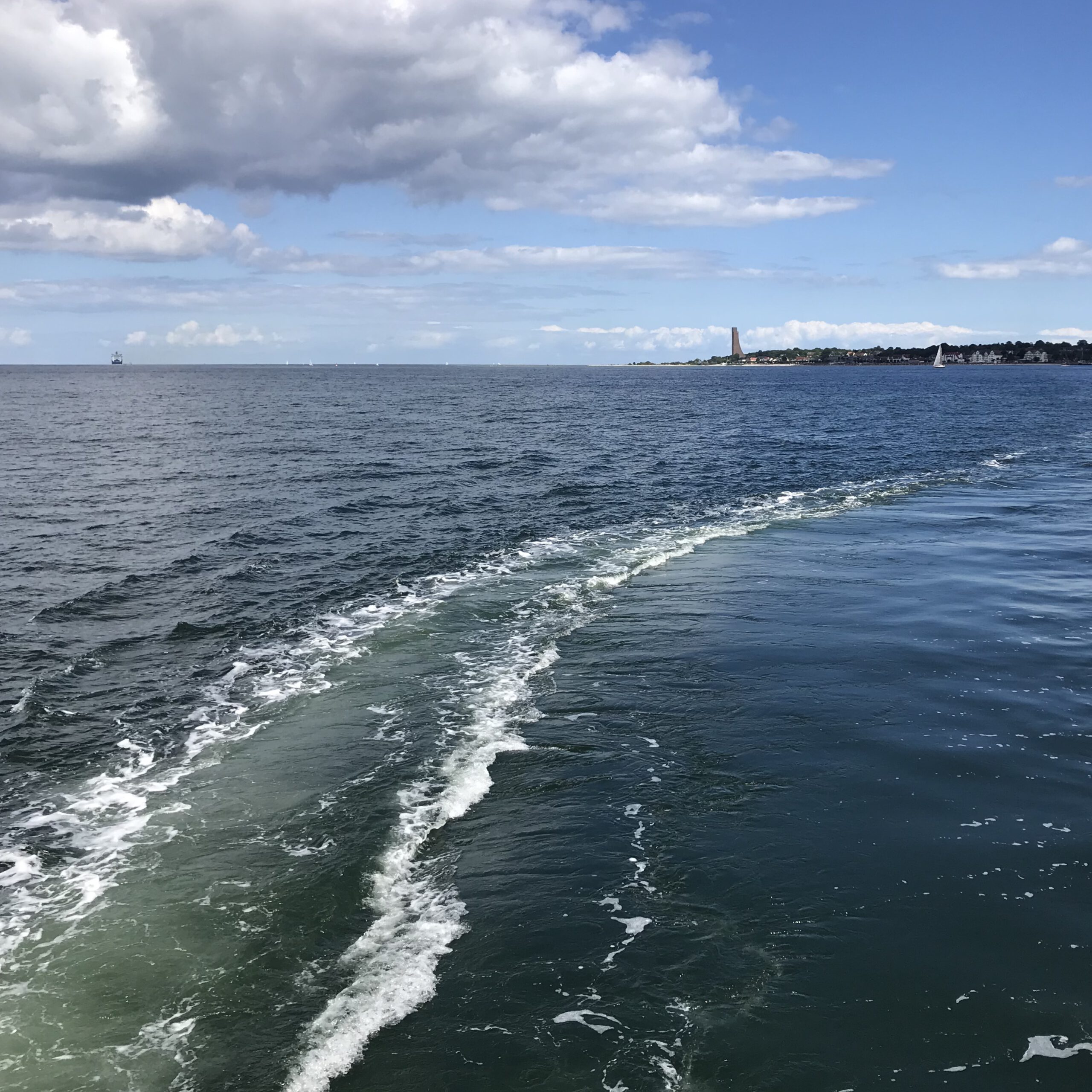
Also love the pictures for their beauty. Below: After we had arrived at a stop, the ferry has just started sailing again (see where the wake changes between smooth and turbulent and then those large eddies of the propeller rotating for propulsion?)
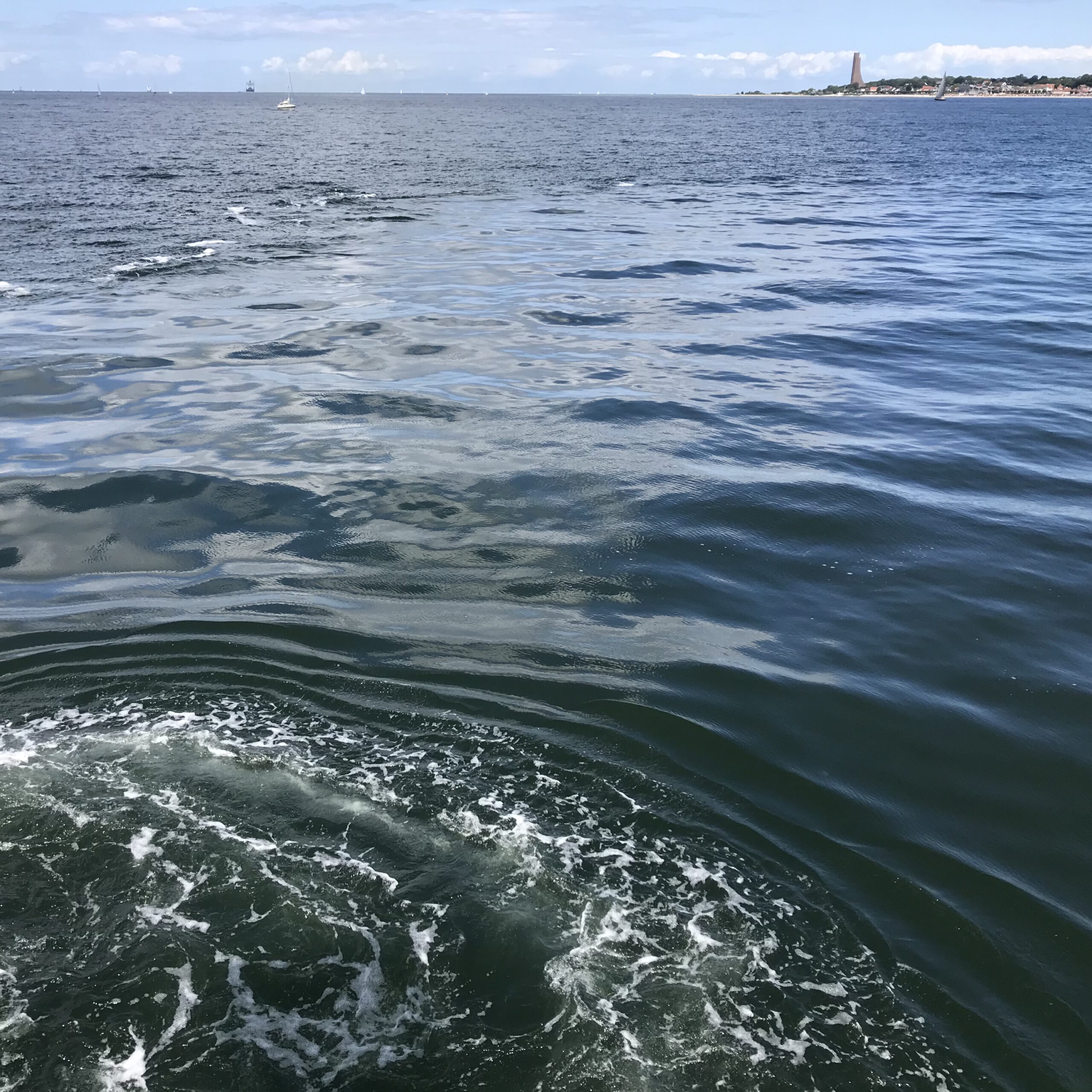
Very nice pattern in the waves this morning, showing constructive interference (where the crests are high and the troughs are low) and destructive interference in between where the surface is completely flat. So fun to watch!
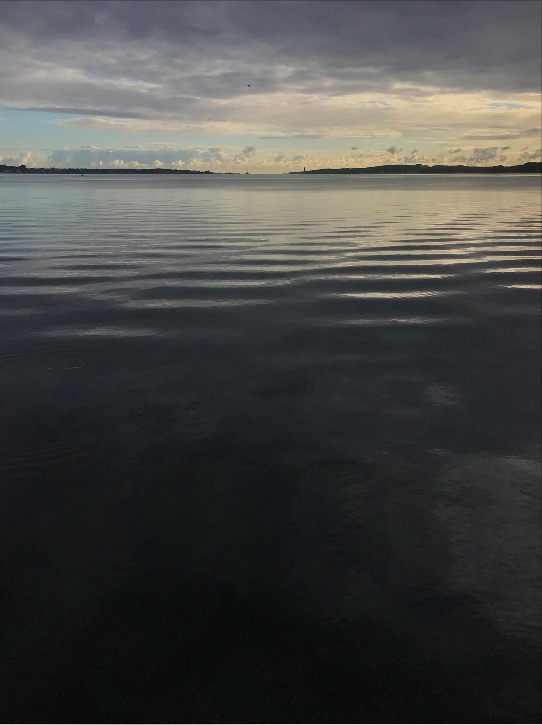
And that’s it! Hope you enjoyed and hope it inspires you to do some wave watching yourself! :-)
